Image of 1966 Buick Wildcat, Note: These illustrations use artistic license and may differ from actual historical models.
Performance Metrics
Fundamental Metrics
Emotional Appeal
MMP Rating
| Engine Specifications | |
|---|---|
| Engine: | 401 cu in (6.6 L) Nailhead V8, 425 cu in (7.0 L) Nailhead V8 |
| Displacement: | 401-425 cu in |
| Horsepower: | 325-340 hp |
| Torque: | 445-465 lb-ft |
| Compression Ratio: | 10.25:1 |
| Ignition System: | Conventional distributor and coil system |
| Cooling System: | Liquid-cooled |
| Performance Specifications | |
| 0-60 Time: | 8 seconds |
| 1/4 Mile Time: | 16 seconds |
| Top Speed: | 120 mph |
| Transmission and Drive | |
| Drive Type: | Rear-wheel drive |
| Transmission Type: | 3-speed automatic, 3-speed manual |
| Fuel and Efficiency | |
| Fuel System Type: | Carburetor |
| MPG: | 10-12 mpg |
| Dimensions and Brakes | |
| Brakes: | Power-assisted drum brakes |
| Wheelbase: | 126 inches |
| Weight: | 4,200 lbs |
Note: Specifications for classic cars are given to the best of our ability, considering the limited and variant data available.
1966 Buick Wildcat: A Blend of Muscle and Luxury
The 1966 Buick Wildcat roared onto the scene with a presence that was as commanding as its name suggests. Born from the distinguished lineage of Buick, a marque synonymous with American automotive luxury, the Wildcat was a car that blended muscle with elegance. This model year marked an evolution in design and performance that would cement the Wildcat's place in classic car history. Notably, it was during this era that Buick's reputation for innovation was showcased through the Wildcat's unique combination of power and comfort.
Design and Innovation
The exterior of the 1966 Wildcat was a sight to behold, with its long, sculpted lines and aggressive front fascia. The car's wide stance and sharp contours exuded a sense of power and grace. Inside, passengers were greeted with an interior that spoke volumes about the quality of materials and craftsmanship typical of Buick at the time. Plush seating, woodgrain accents, and chrome detailing were all part of the package, providing an upscale ambiance.
Technologically, the Wildcat was ahead of its time, featuring innovations such as an available Super Turbine 400 automatic transmission which provided smooth shifting and enhanced performance. Color options ranged from subdued to vibrant, with popular choices including Arctic White, Regal Black, and the eye-catching Flame Red. The most iconic body style was arguably the two-door coupe, though four-door sedans and convertibles were also available to suit varying tastes.
Historical Significance
The 1966 Wildcat's impact on automotive design cannot be overstated. It set a new standard for what a luxury muscle car could be, combining robust American power with refined styling. Its lasting influence can be seen in how today's vehicles balance performance with luxury features.
Performance and Handling
Under the hood lay a potent V8 engine capable of propelling the Wildcat to impressive speeds for its time. The top speed was well into triple digits, while acceleration from 0-60 mph could be achieved briskly in under 8 seconds—a testament to its muscle car roots. Handling-wise, the Wildcat navigated bumps with poise while maintaining composure on winding roads. The driving experience was immersive; drivers reveled in the throaty rumble of the engine and the responsive feedback through the steering wheel.
Ownership Experience
Wildcats were used for various purposes—from daily driving to weekend show cars or even occasional racing exploits. Maintenance was straightforward for the era's mechanics, making reliability one of its strong suits. However, as with any classic car today, upkeep requires dedication and sometimes sourcing rare parts.
Fun Facts
This model had its share of rarities and trivia; some Wildcats were produced in limited numbers with special trims or engines that are highly sought after today. Celebrity ownerships have also added to its allure over time. While it faced criticisms for its size and fuel consumption—common points for muscle cars of its era—the Wildcat held records for sales in its class during its heyday.
Collector's Information
Today, a well-preserved 1966 Buick Wildcat can fetch a wide range of values depending on condition and originality. Estimates suggest that tens of thousands were produced across all body styles. As for appreciation, these vehicles have seen a steady increase in value over time due to their rarity and desirability among collectors.
Conclusion
The 1966 Buick Wildcat stands as a testament to an era when cars were more than just transportation; they were statements of style and power. With its blend of performance and luxury, it remains an enduring icon in automotive history—a true classic that continues to captivate enthusiasts around the world.
1966 Buick Wildcat Catalog of Parts
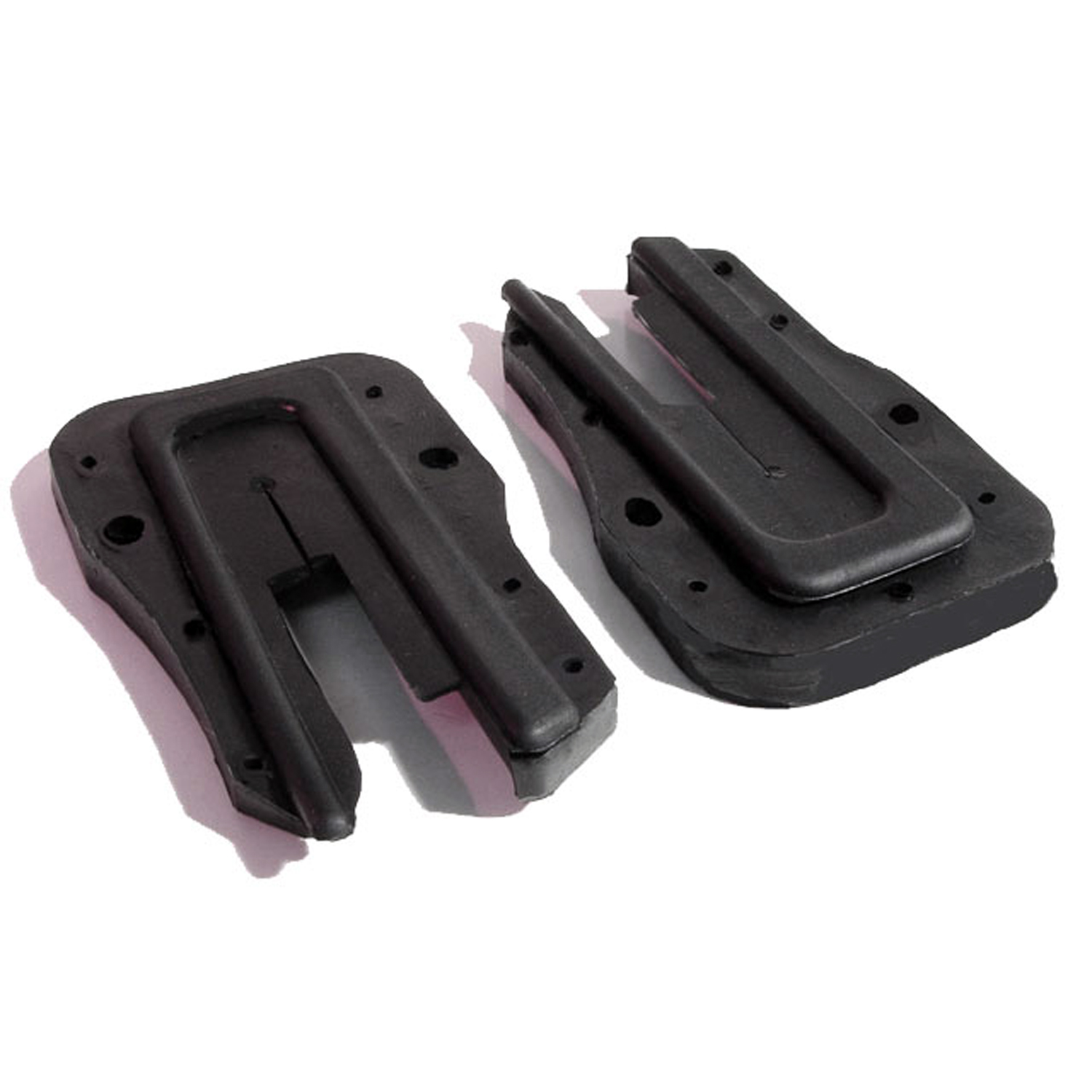 1966 Buick Wildcat Rear Quarter Window Door Lock Pillar Seal (upper)-ALP 5052Rear Quarter Window Door Lock Pillar Seal (upper). Made with steel cores. Pair R&L
1966 Buick Wildcat Rear Quarter Window Door Lock Pillar Seal (upper)-ALP 5052Rear Quarter Window Door Lock Pillar Seal (upper). Made with steel cores. Pair R&L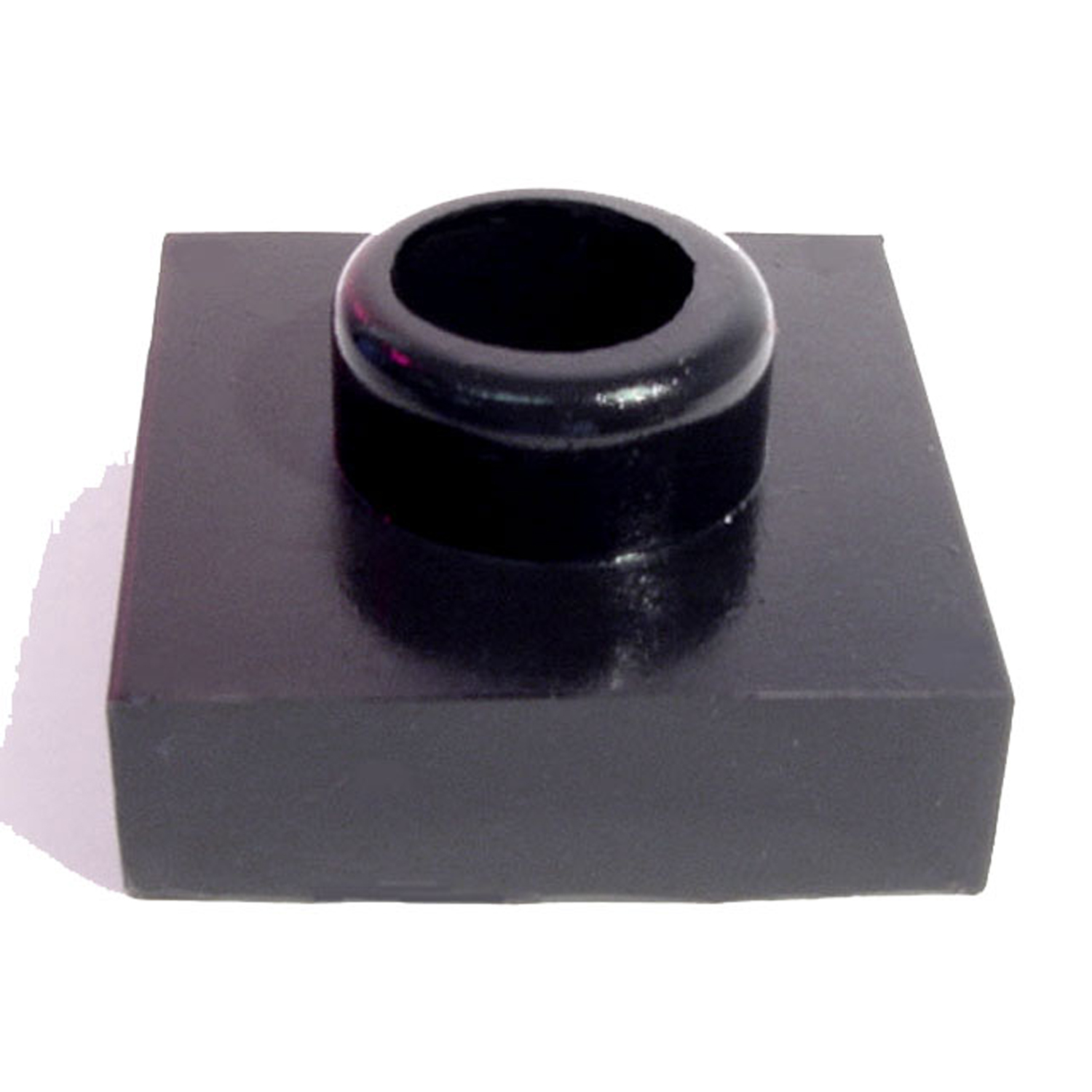 1966 Buick Wildcat Body Mount Cushion-BC 50-ABody Mount Cushion. Made with hollow back to accommodate steel sleeve. 2"O.D., 3/8" I.D., 3/8" Thick. Up to four used per car. Each
1966 Buick Wildcat Body Mount Cushion-BC 50-ABody Mount Cushion. Made with hollow back to accommodate steel sleeve. 2"O.D., 3/8" I.D., 3/8" Thick. Up to four used per car. Each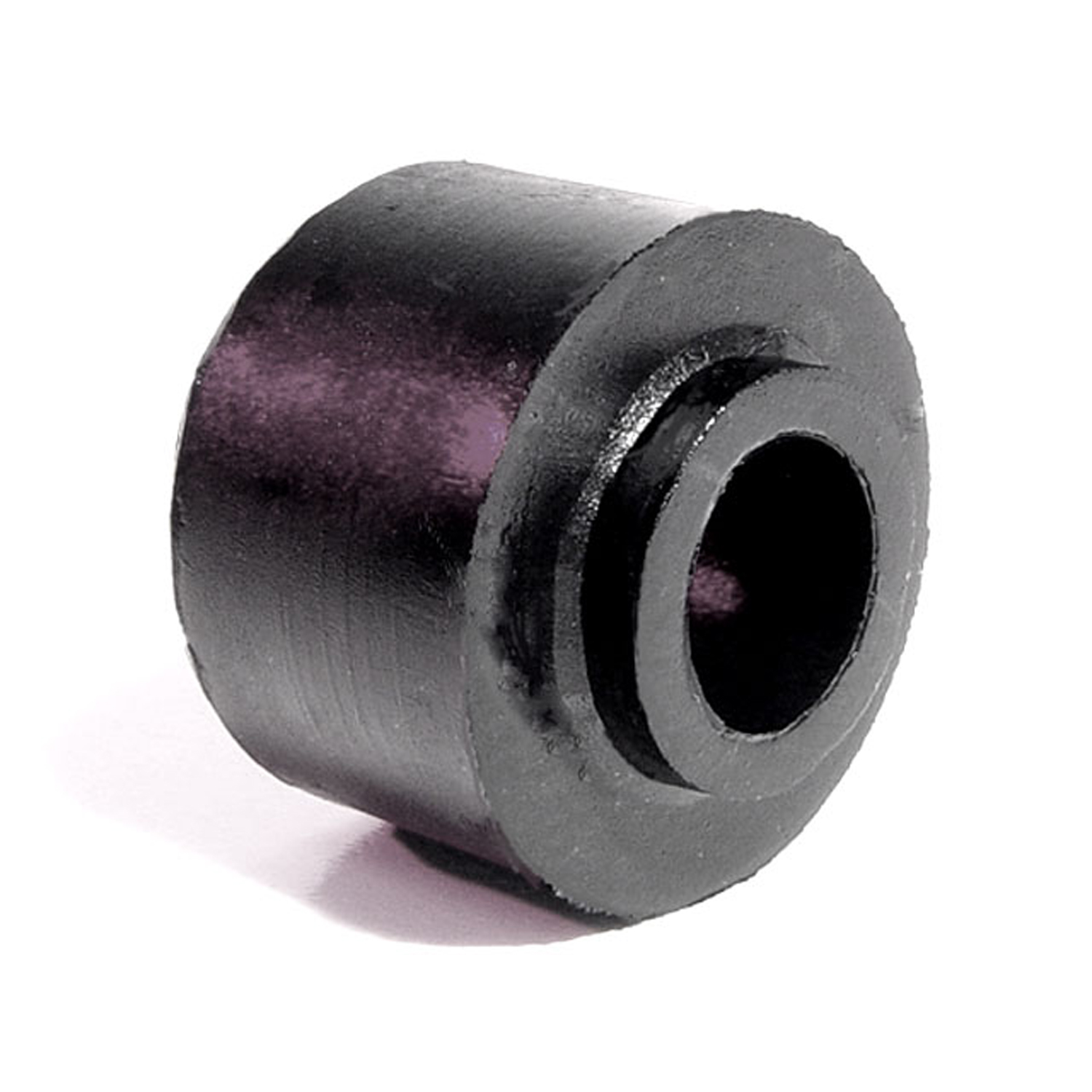 1966 Buick Wildcat Shock Absorber Grommet. 1" bottom O.D., 3/4" high-BN 1Shock Absorber Grommet. 1" bottom O.D., 3/4" high., with 7/16" I.D. Each
1966 Buick Wildcat Shock Absorber Grommet. 1" bottom O.D., 3/4" high-BN 1Shock Absorber Grommet. 1" bottom O.D., 3/4" high., with 7/16" I.D. Each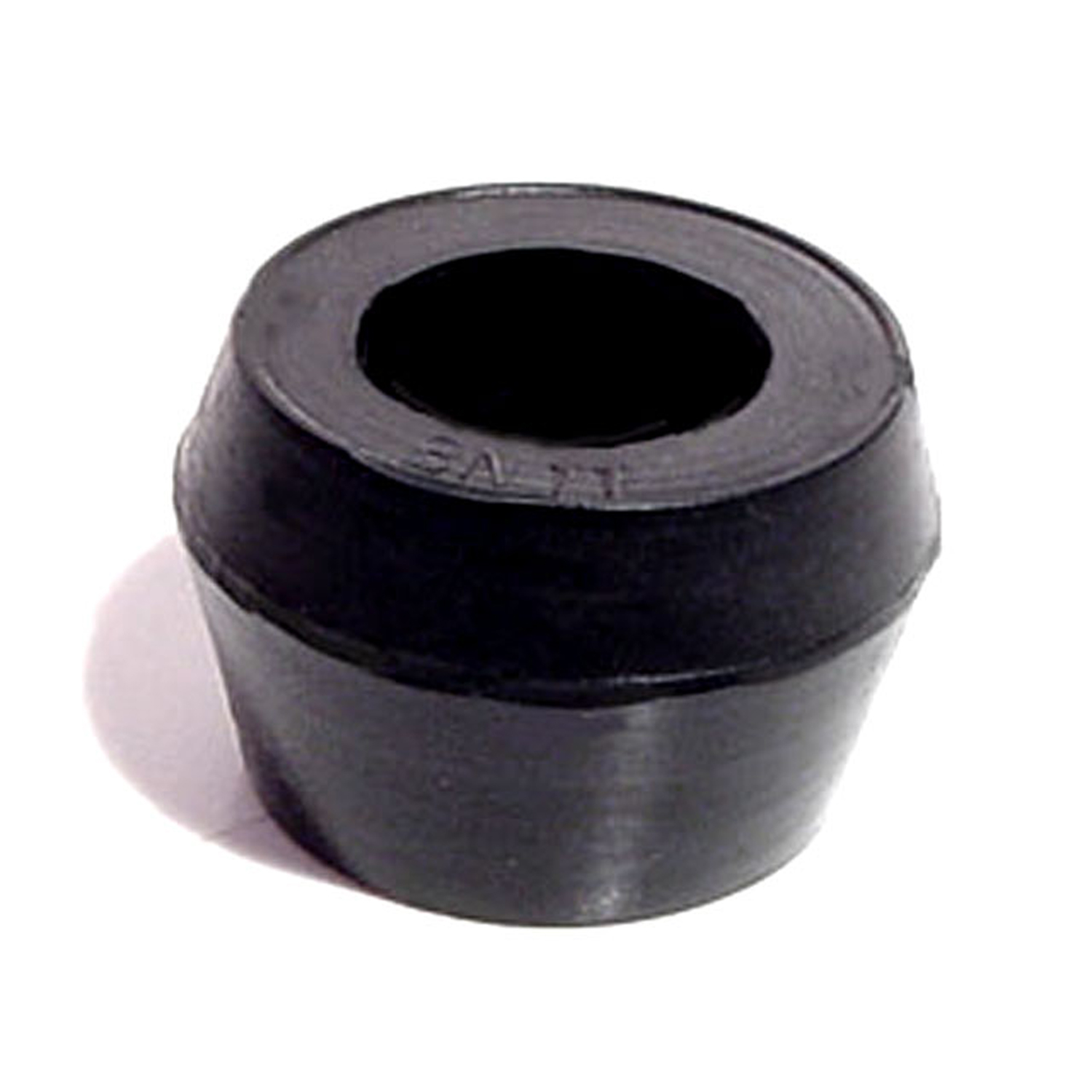 1966 Buick Wildcat Shock Absorber Grommet. 1" bottom O.D-BN 11Shock Absorber Grommet. 1" bottom O.D., 3/4" high, with 5/8" I.D. Each
1966 Buick Wildcat Shock Absorber Grommet. 1" bottom O.D-BN 11Shock Absorber Grommet. 1" bottom O.D., 3/4" high, with 5/8" I.D. Each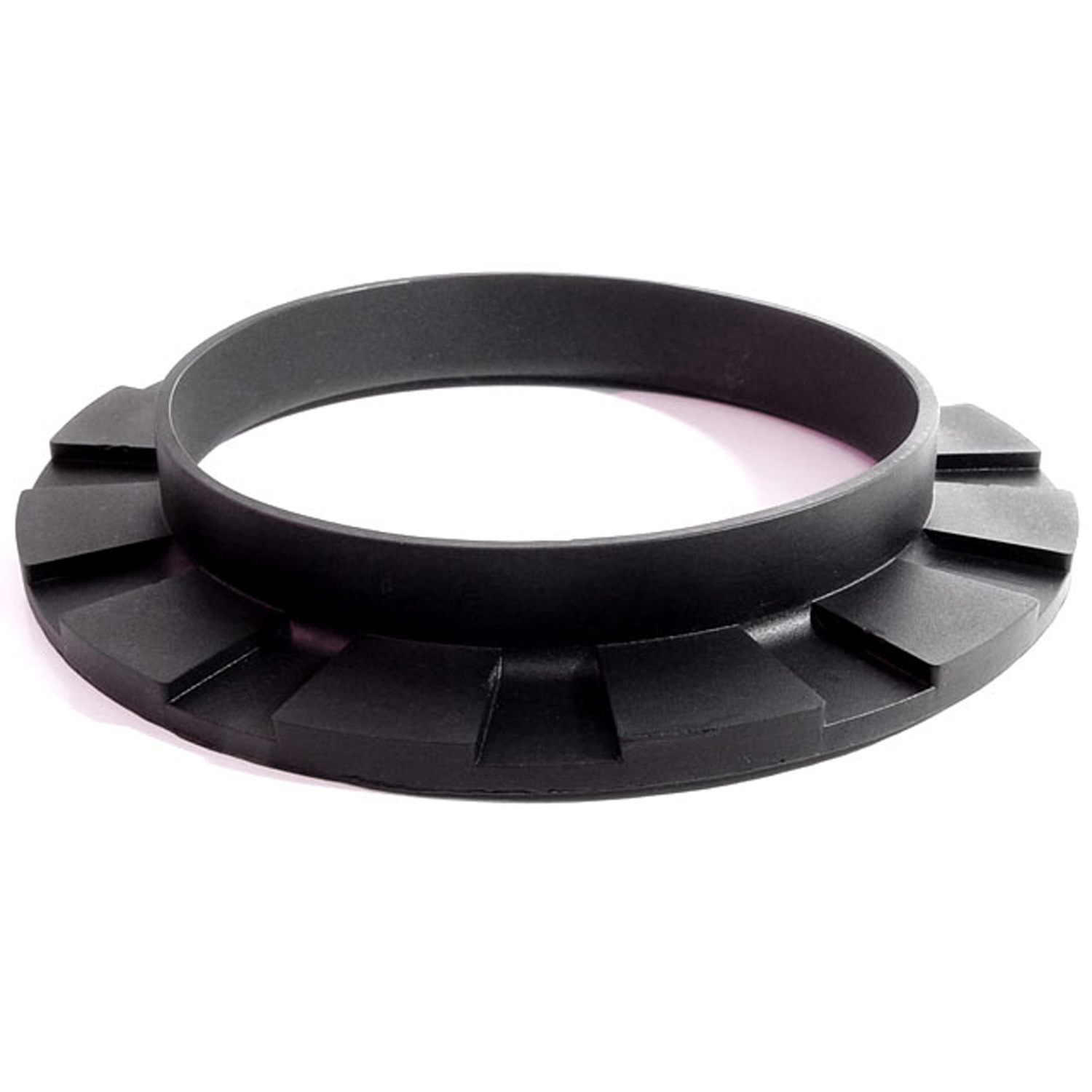 1966 Buick Wildcat Front coil-spring insulator-BN 110Front coil-spring insulator. Fits '41-'60 Oldsmobile and '50-'83 GM passenger models. 5-3/8 in. OD x 3-3/4 in. ID x 3/4 in. high with 13/16 in. wide bottom flange 1/4" thick, 12 flutes. Each.
1966 Buick Wildcat Front coil-spring insulator-BN 110Front coil-spring insulator. Fits '41-'60 Oldsmobile and '50-'83 GM passenger models. 5-3/8 in. OD x 3-3/4 in. ID x 3/4 in. high with 13/16 in. wide bottom flange 1/4" thick, 12 flutes. Each.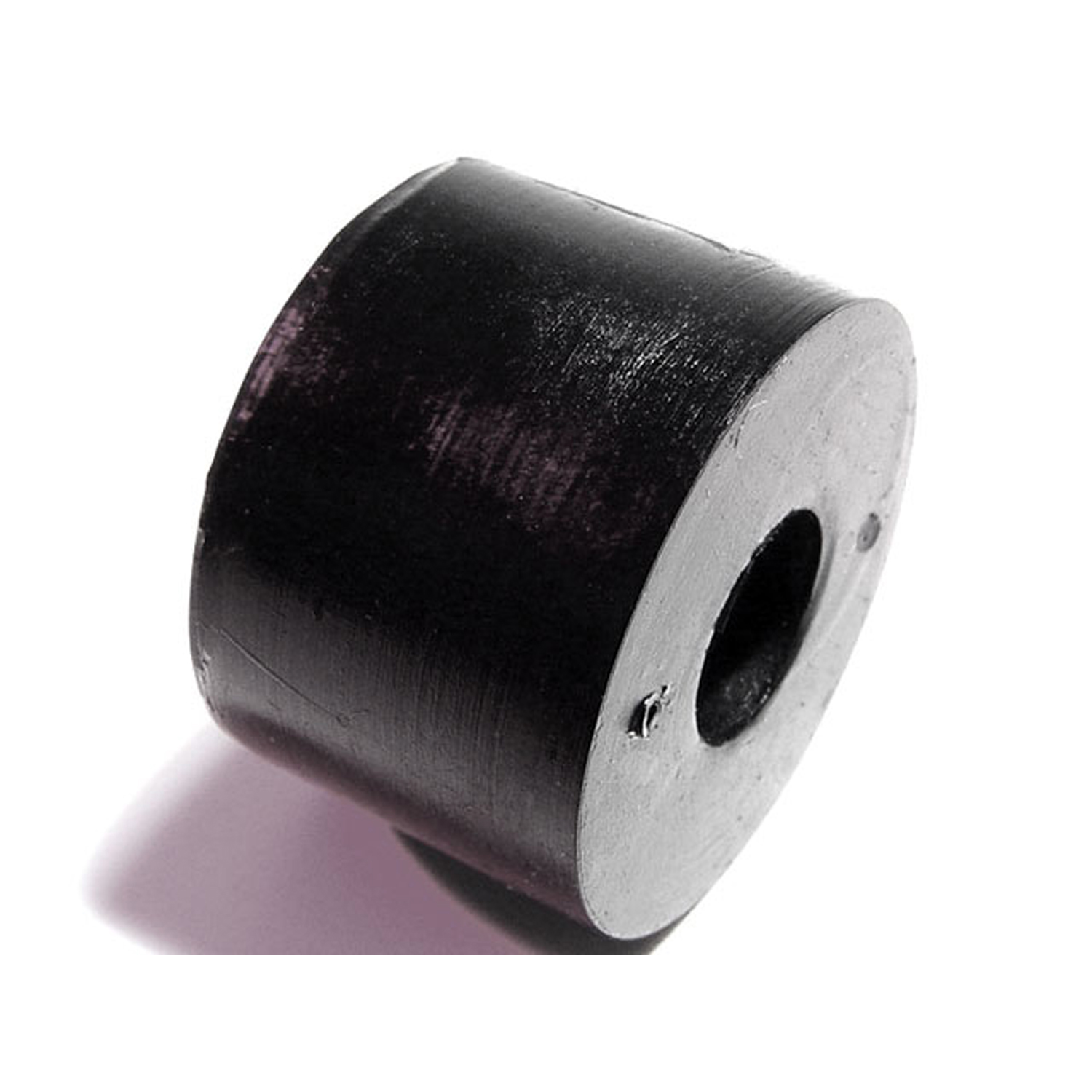 1966 Buick Wildcat Shock Absorber Grommet. 1" bottom O.D., 5/8" high-BN 13Shock Absorber Grommet. 1" bottom O.D., 5/8" high., with 3/8" I.D. Each
1966 Buick Wildcat Shock Absorber Grommet. 1" bottom O.D., 5/8" high-BN 13Shock Absorber Grommet. 1" bottom O.D., 5/8" high., with 3/8" I.D. Each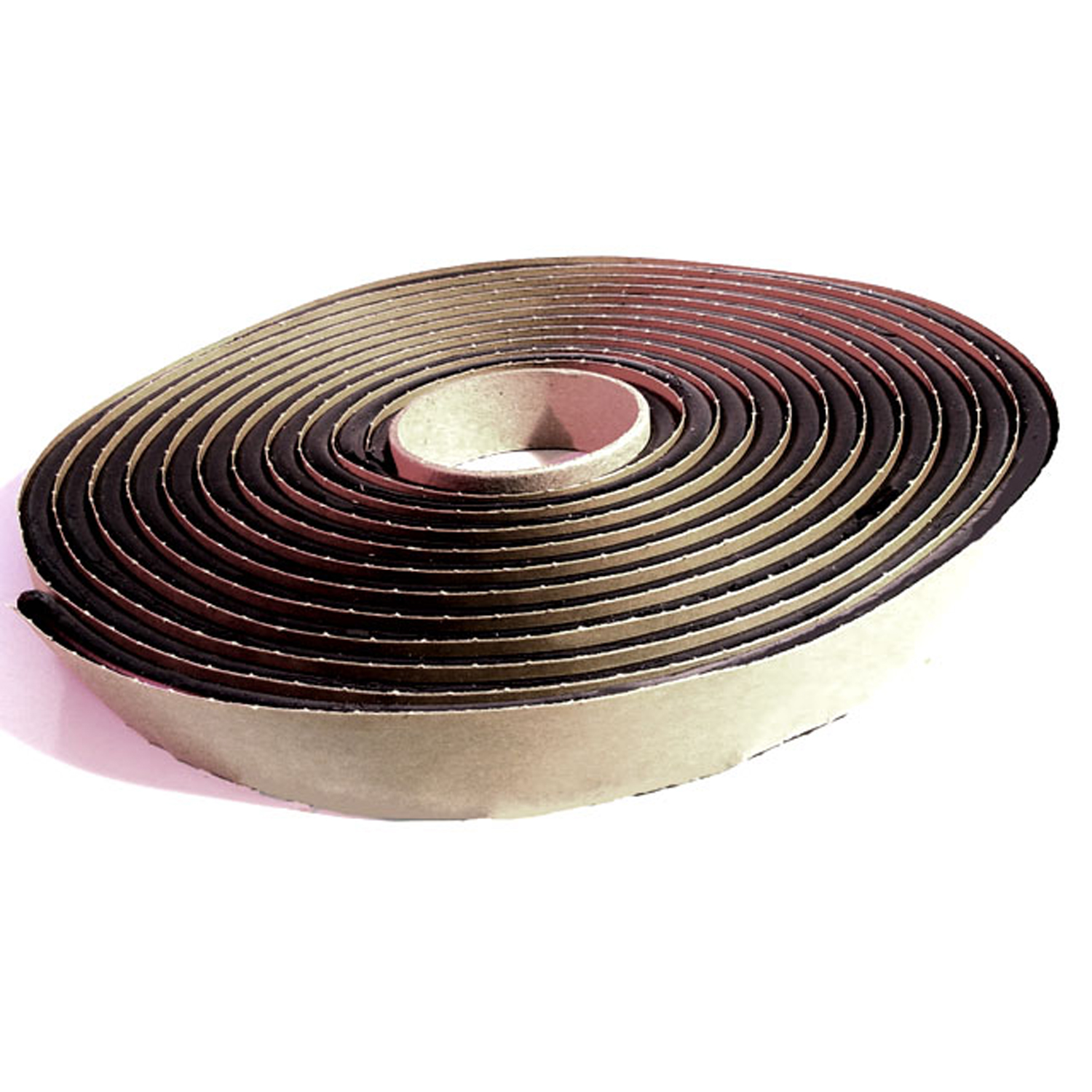 1966 Buick Wildcat Butyl Glass Setting Tape-BT 1Butyl Glass Setting Tape. Used to install windshields and backlights. Superior sealing properties. 5/16" wide X 15' long. Each
1966 Buick Wildcat Butyl Glass Setting Tape-BT 1Butyl Glass Setting Tape. Used to install windshields and backlights. Superior sealing properties. 5/16" wide X 15' long. Each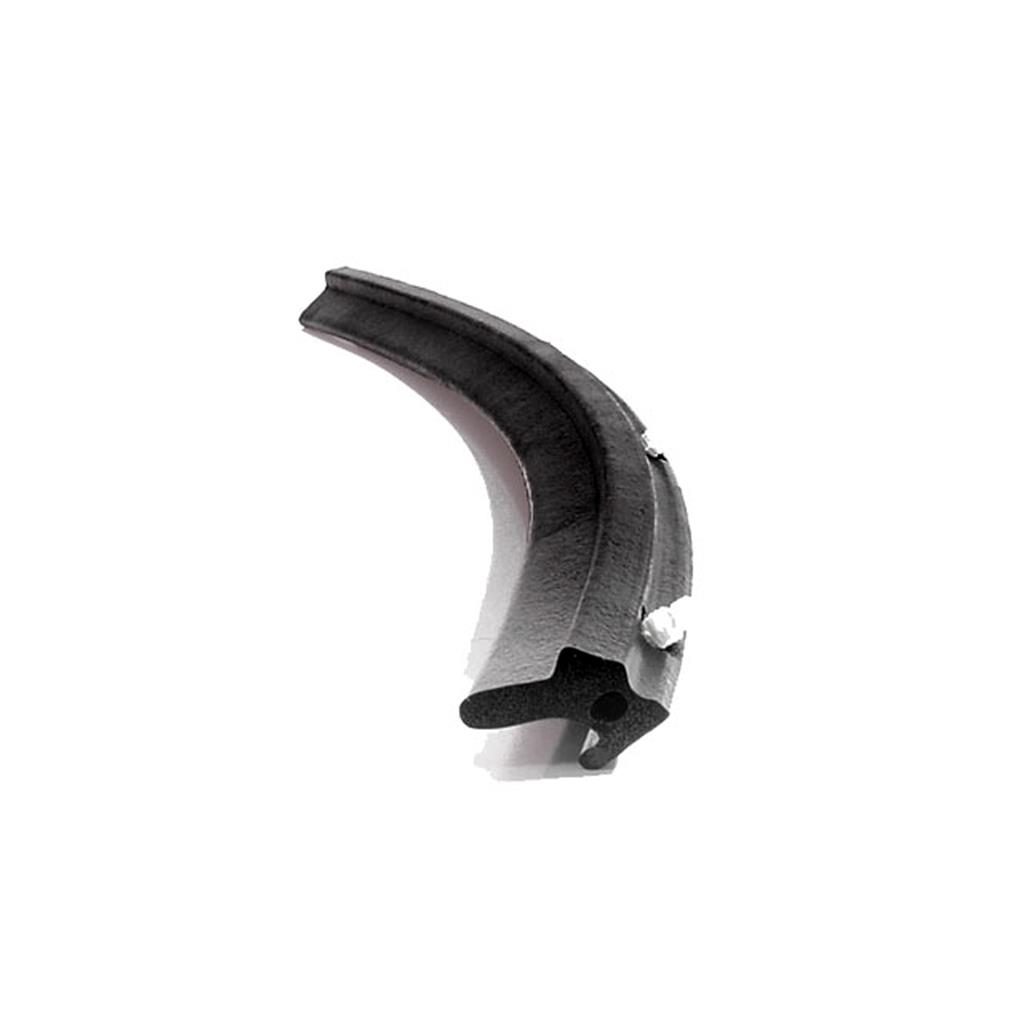 1966 Buick Wildcat Convertible Top Windshield Header Seal-C/LP 40-GConvertible Top Windshield Header Seal. Clips installed every 3-5/8". Made of soft, black, skin-covered sponge. Sold by the foot.
1966 Buick Wildcat Convertible Top Windshield Header Seal-C/LP 40-GConvertible Top Windshield Header Seal. Clips installed every 3-5/8". Made of soft, black, skin-covered sponge. Sold by the foot.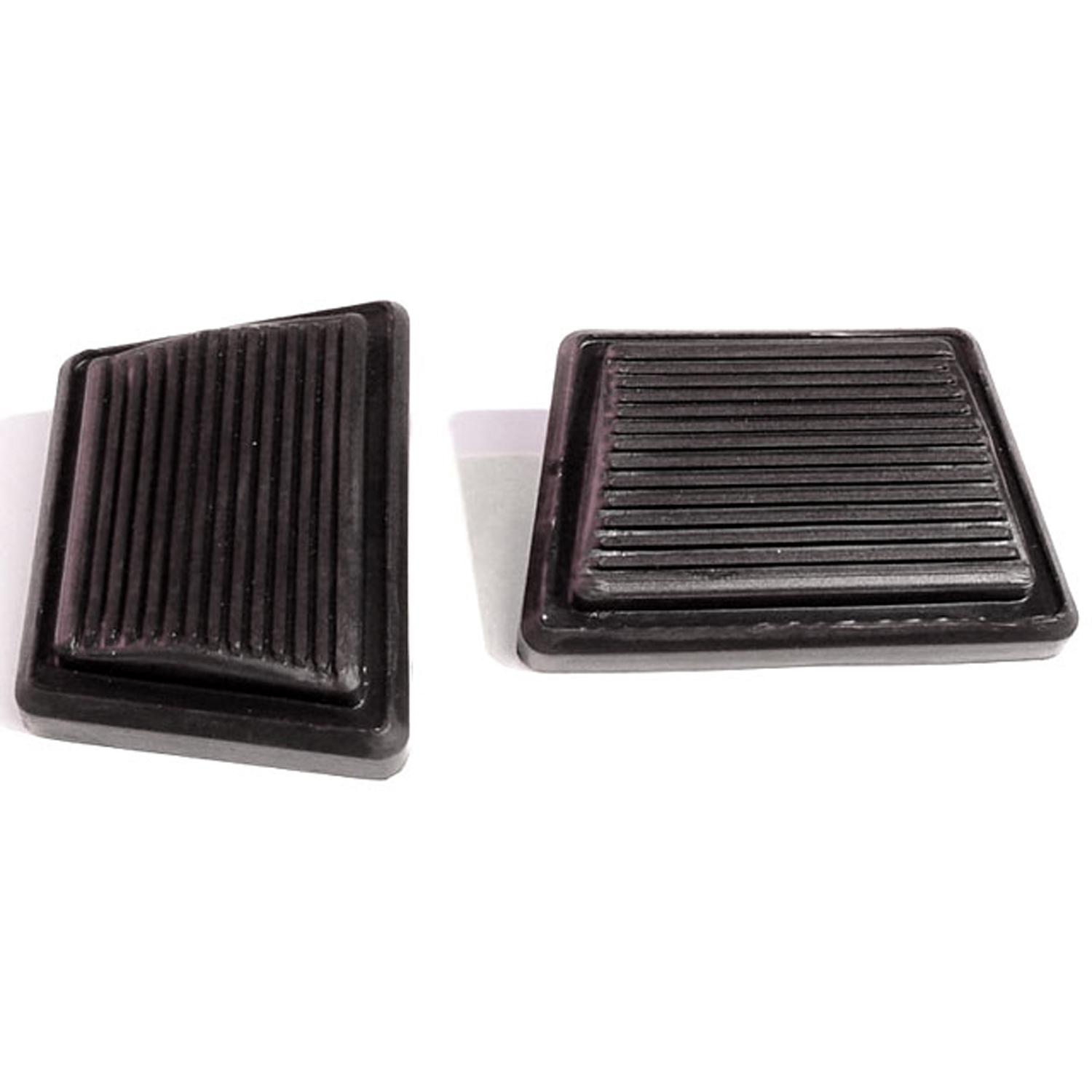 1966 Buick Wildcat Clutch and Brake Pedal Pads. Exact reproduction-CB 99Clutch and Brake Pedal Pads. Exact reproduction. 3-1/2" wide. Pair
1966 Buick Wildcat Clutch and Brake Pedal Pads. Exact reproduction-CB 99Clutch and Brake Pedal Pads. Exact reproduction. 3-1/2" wide. Pair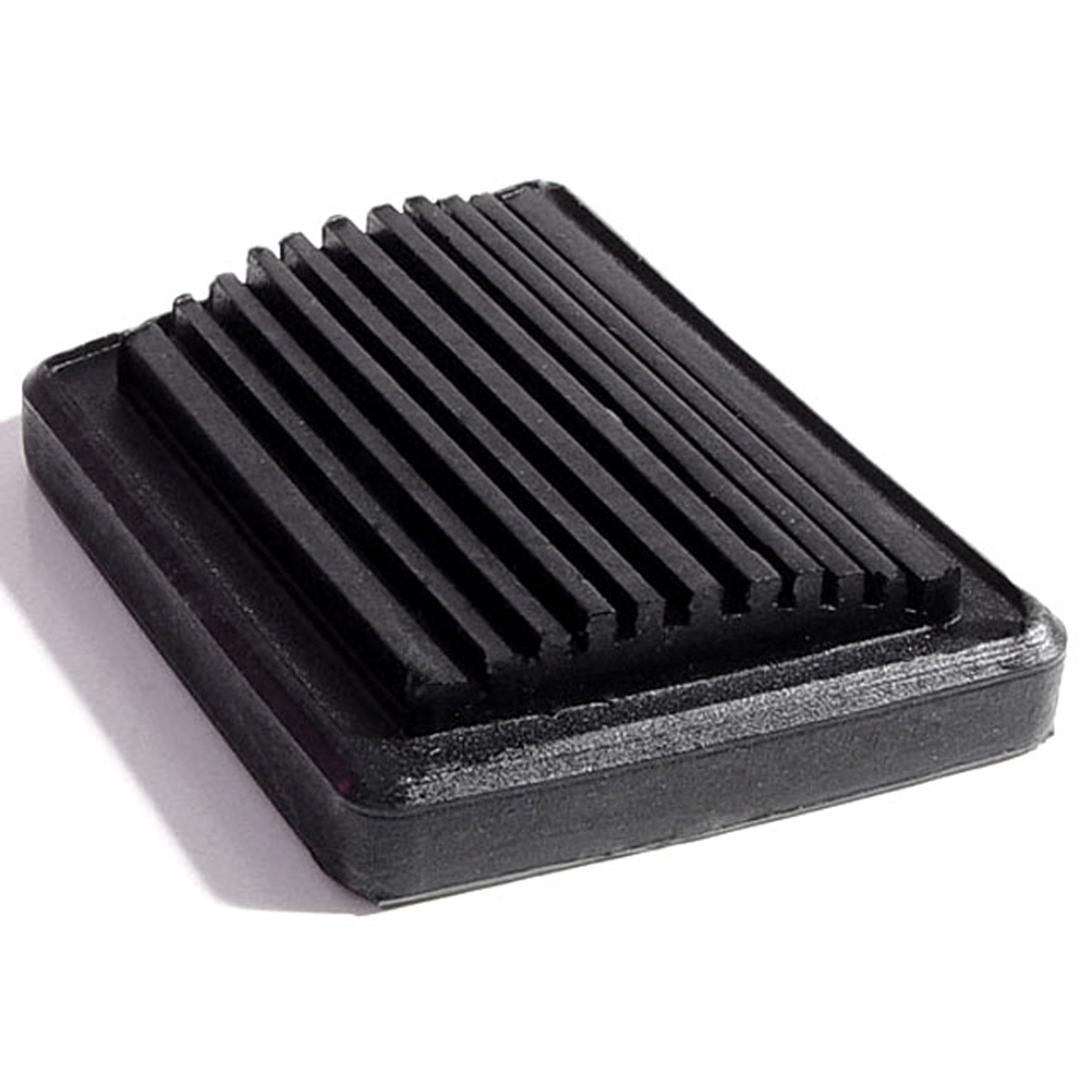 1966 Buick Wildcat Park Brake Pedal Pad. 2-9/16" wide. Each-CB 99-APark Brake Pedal Pad. 2-9/16" wide. Each
1966 Buick Wildcat Park Brake Pedal Pad. 2-9/16" wide. Each-CB 99-APark Brake Pedal Pad. 2-9/16" wide. Each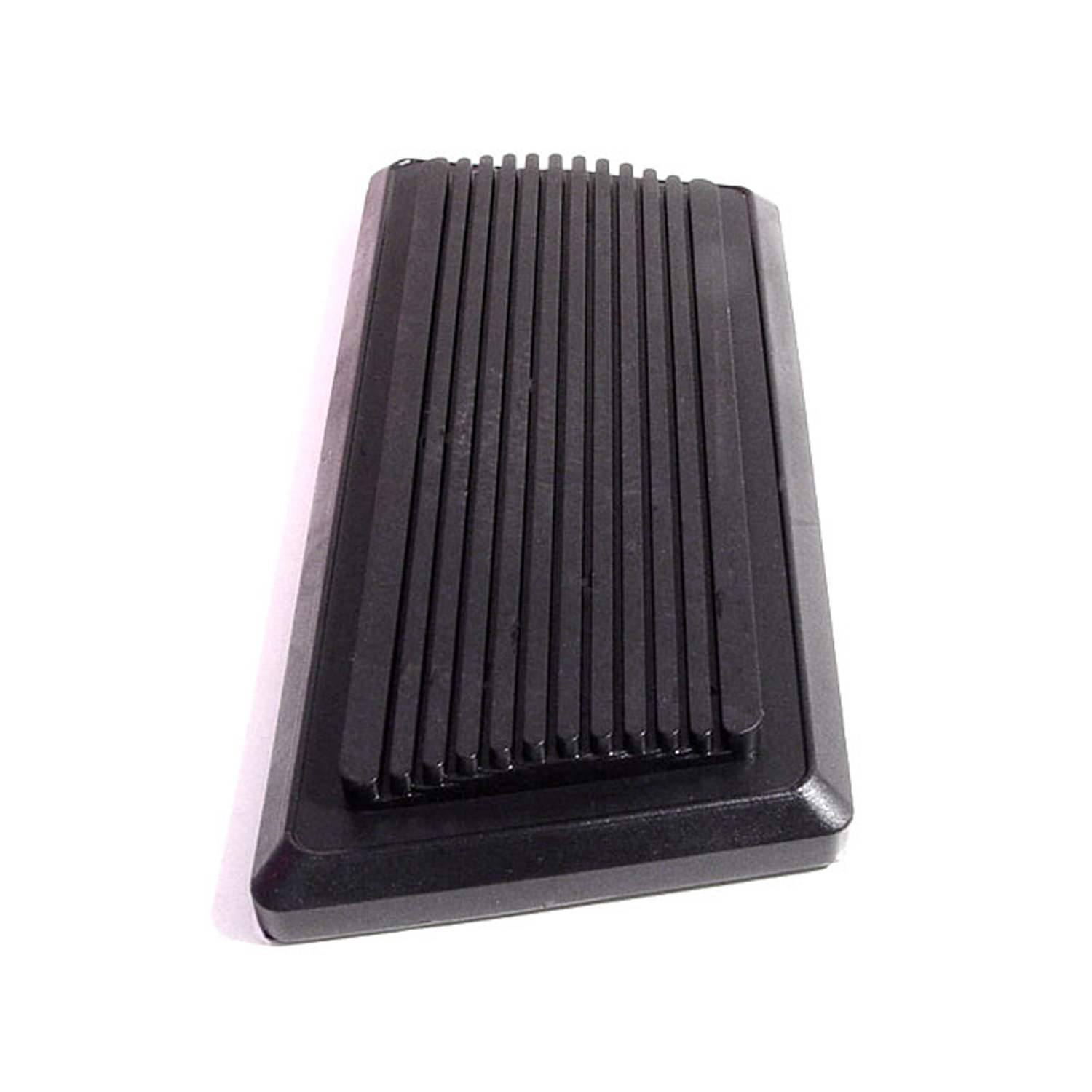 1966 Buick Wildcat Auto Brake Pedal Pad. 5-7/8" wide. Each-CB 99-BAuto Brake Pedal Pad. 5-7/8" wide. Each
1966 Buick Wildcat Auto Brake Pedal Pad. 5-7/8" wide. Each-CB 99-BAuto Brake Pedal Pad. 5-7/8" wide. Each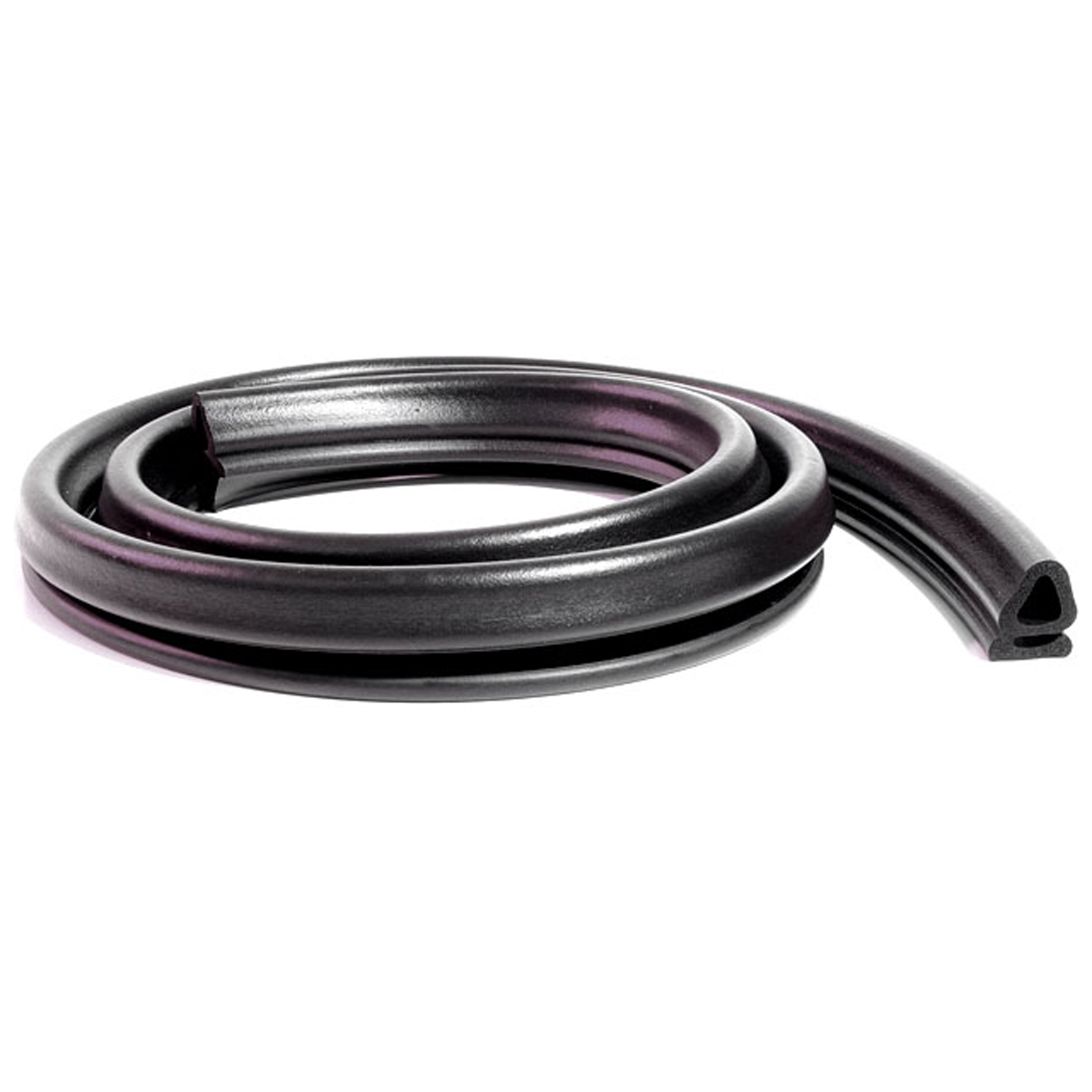 1966 Buick Wildcat Cowl and Hood Seal. 64-1/2" long. Each-CS 6-ACowl and Hood Seal. 64-1/2" long. Each
1966 Buick Wildcat Cowl and Hood Seal. 64-1/2" long. Each-CS 6-ACowl and Hood Seal. 64-1/2" long. Each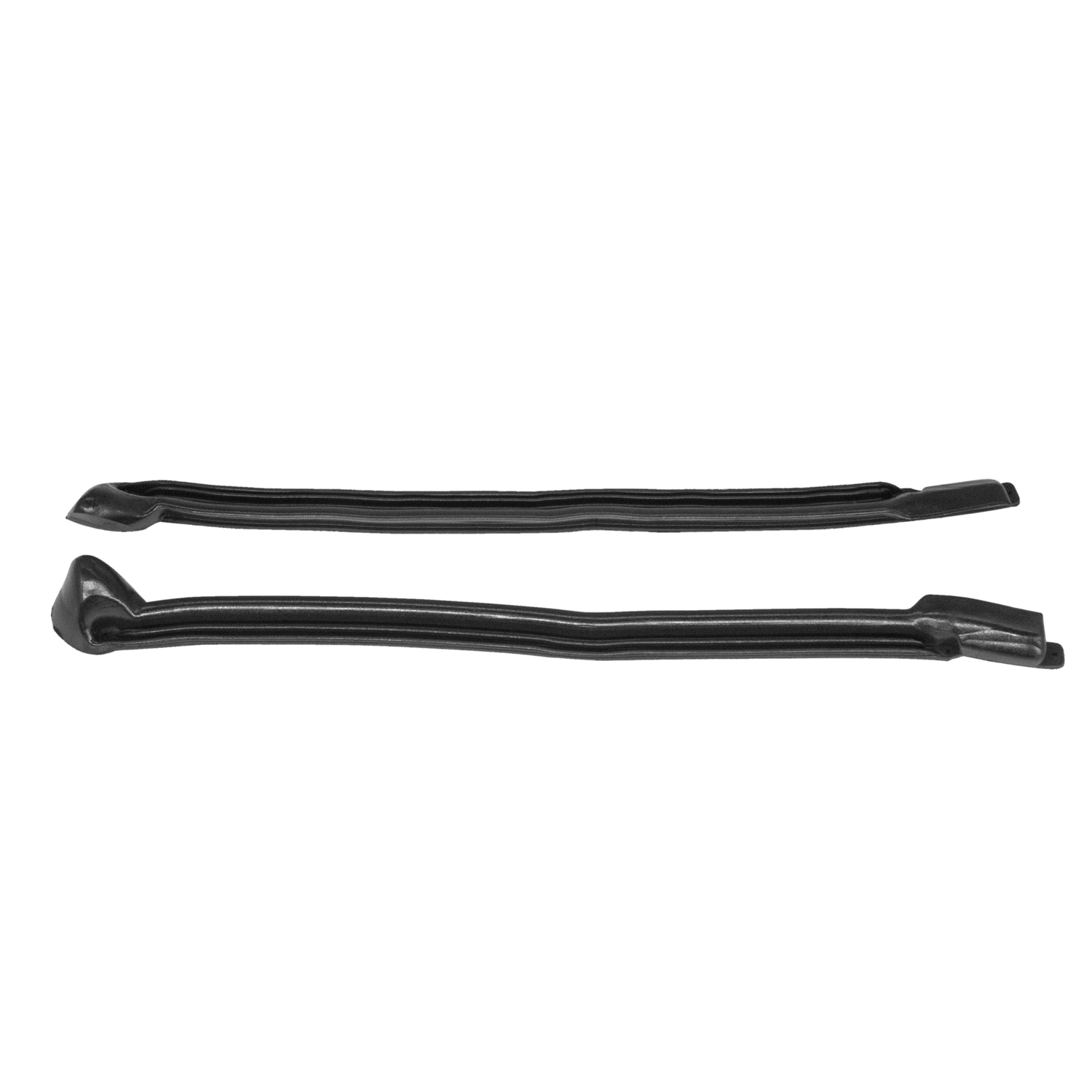 1966 Buick Wildcat Pillar Post Seals, 66-68 GM B & C Body Convertibles, Pair-CZ 8100-APillar Post Seals, 66-68 GM B & C Body Convertibles. Replaces OEM #'s 7602728 & 7602729. Also known as hinge pillar weatherstrips, this part can be found between the A-pillar post and the front door on convertible models. Our part has embedded cores surrounding the main mounting holes for extra strength when installing with original hardware.
1966 Buick Wildcat Pillar Post Seals, 66-68 GM B & C Body Convertibles, Pair-CZ 8100-APillar Post Seals, 66-68 GM B & C Body Convertibles. Replaces OEM #'s 7602728 & 7602729. Also known as hinge pillar weatherstrips, this part can be found between the A-pillar post and the front door on convertible models. Our part has embedded cores surrounding the main mounting holes for extra strength when installing with original hardware.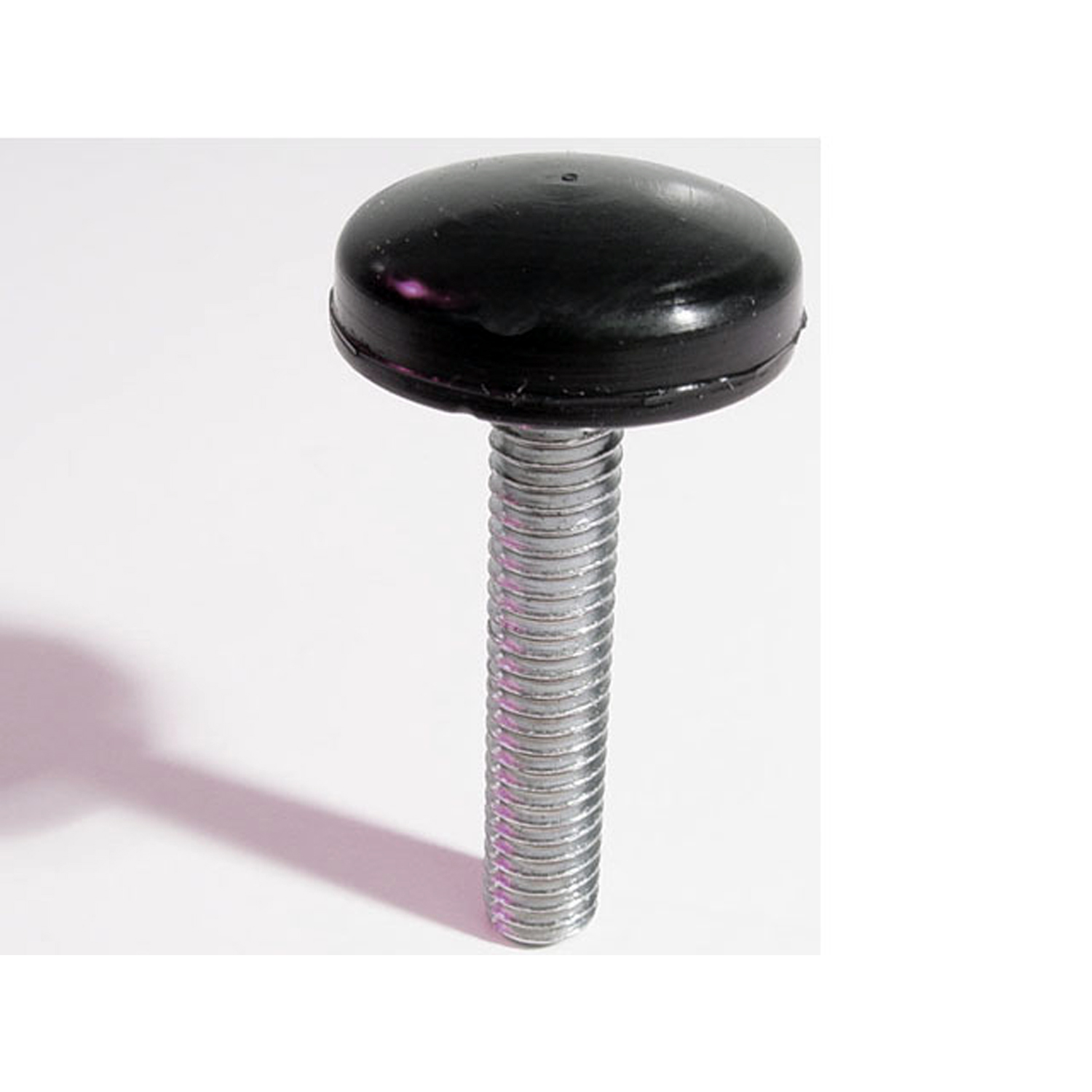 1966 Buick Wildcat Hood Adjustment Bolt and Bumper. 1" diameter rubber head-HA 2Hood Adjustment Bolt and Bumper. 1" diameter rubber head. 5/16" thick X 18 threads/inch X 1-3/4" long bolt. Each
1966 Buick Wildcat Hood Adjustment Bolt and Bumper. 1" diameter rubber head-HA 2Hood Adjustment Bolt and Bumper. 1" diameter rubber head. 5/16" thick X 18 threads/inch X 1-3/4" long bolt. Each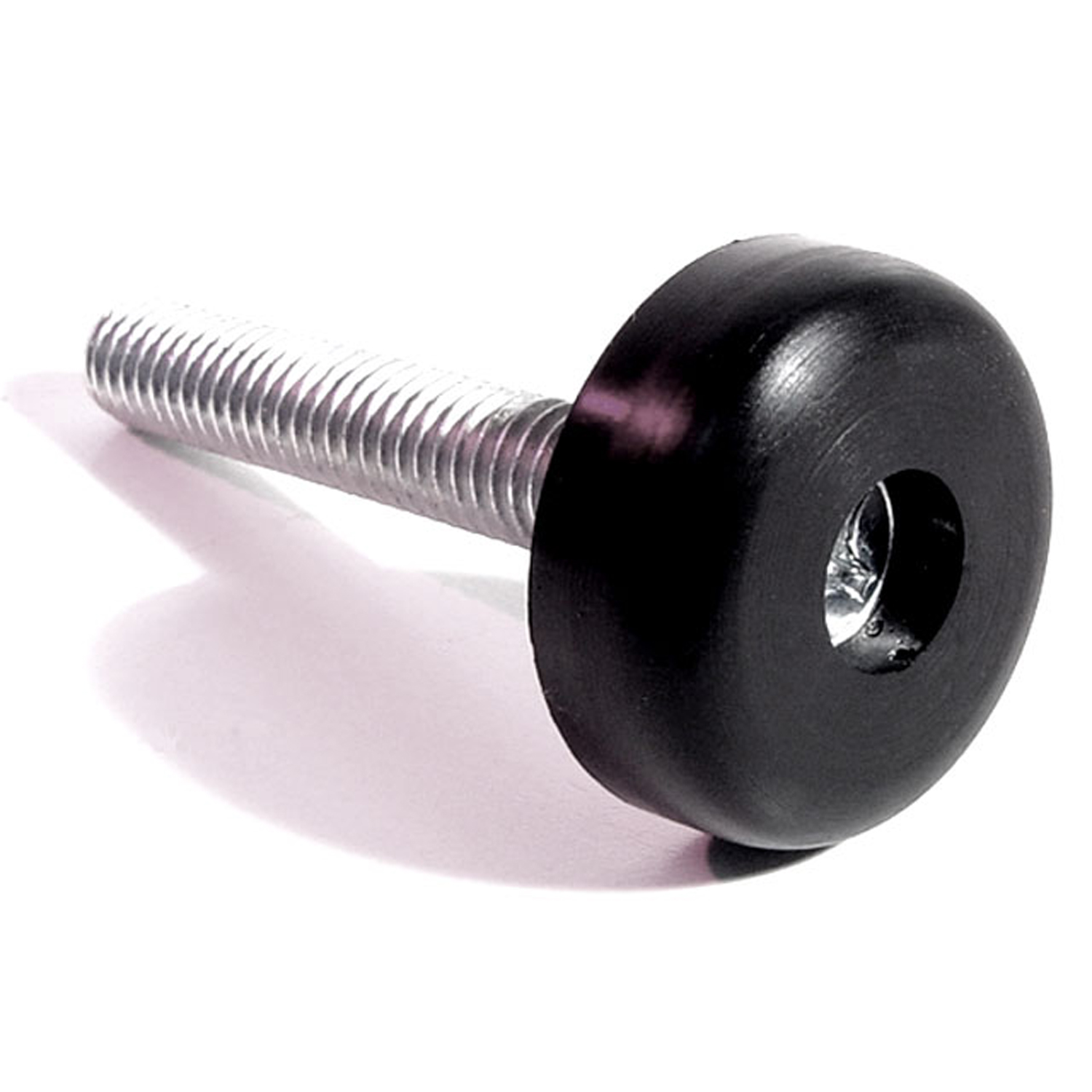 1966 Buick Wildcat Hood Adjustment Bolt and Bumper-HA 3Hood Adjustment Bolt and Bumper. 1-1/8" diameter rubber head. 5/16" thick X 18 threads/inch X 2-1/8" long bolt. Each
1966 Buick Wildcat Hood Adjustment Bolt and Bumper-HA 3Hood Adjustment Bolt and Bumper. 1-1/8" diameter rubber head. 5/16" thick X 18 threads/inch X 2-1/8" long bolt. Each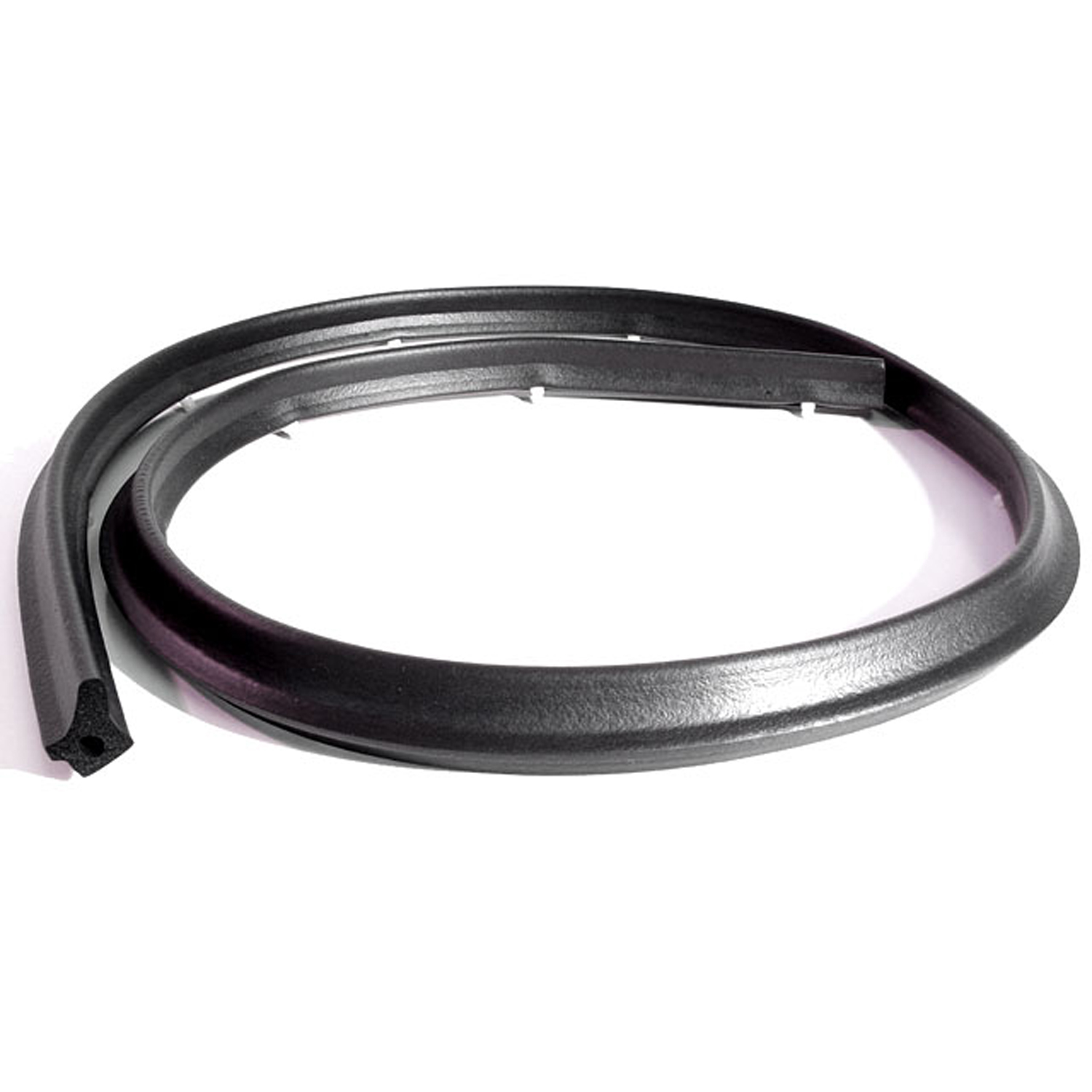 1966 Buick Wildcat Header Seal for Convertibles-HD 727Header Seal for Convertibles (fits '65-early '66 GM "B" body). Each
1966 Buick Wildcat Header Seal for Convertibles-HD 727Header Seal for Convertibles (fits '65-early '66 GM "B" body). Each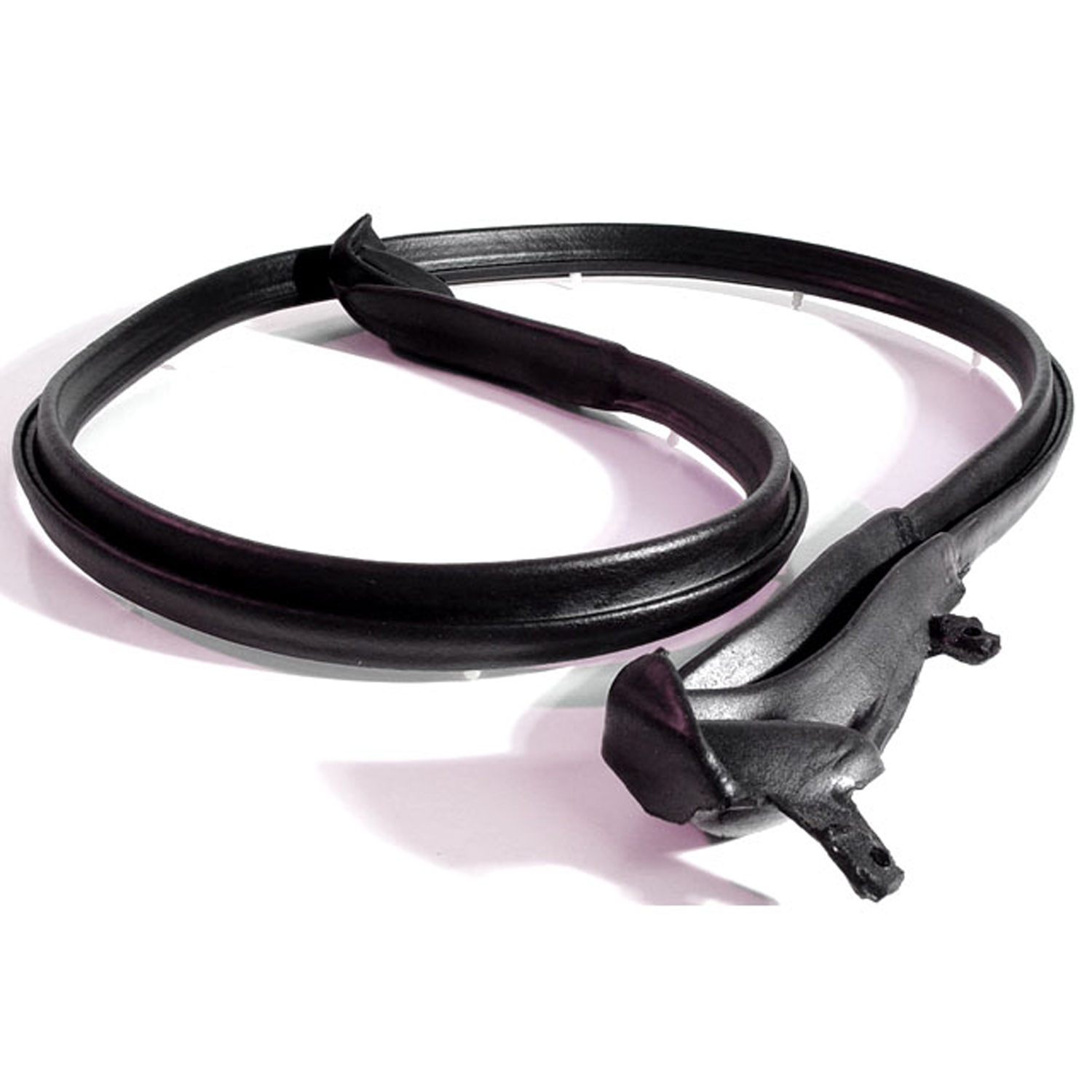 1966 Buick Wildcat Top Bow to Header Seal (fits late '66-'70 GM "B" body-HD 731Top Bow to Header Seal (fits late '66-'70 GM "B" body, '65-'70 GM "C" body). Made of smooth, skin-covered sponge, with steel core and molded ends, like original. 56-1/2" Long. Each
1966 Buick Wildcat Top Bow to Header Seal (fits late '66-'70 GM "B" body-HD 731Top Bow to Header Seal (fits late '66-'70 GM "B" body, '65-'70 GM "C" body). Made of smooth, skin-covered sponge, with steel core and molded ends, like original. 56-1/2" Long. Each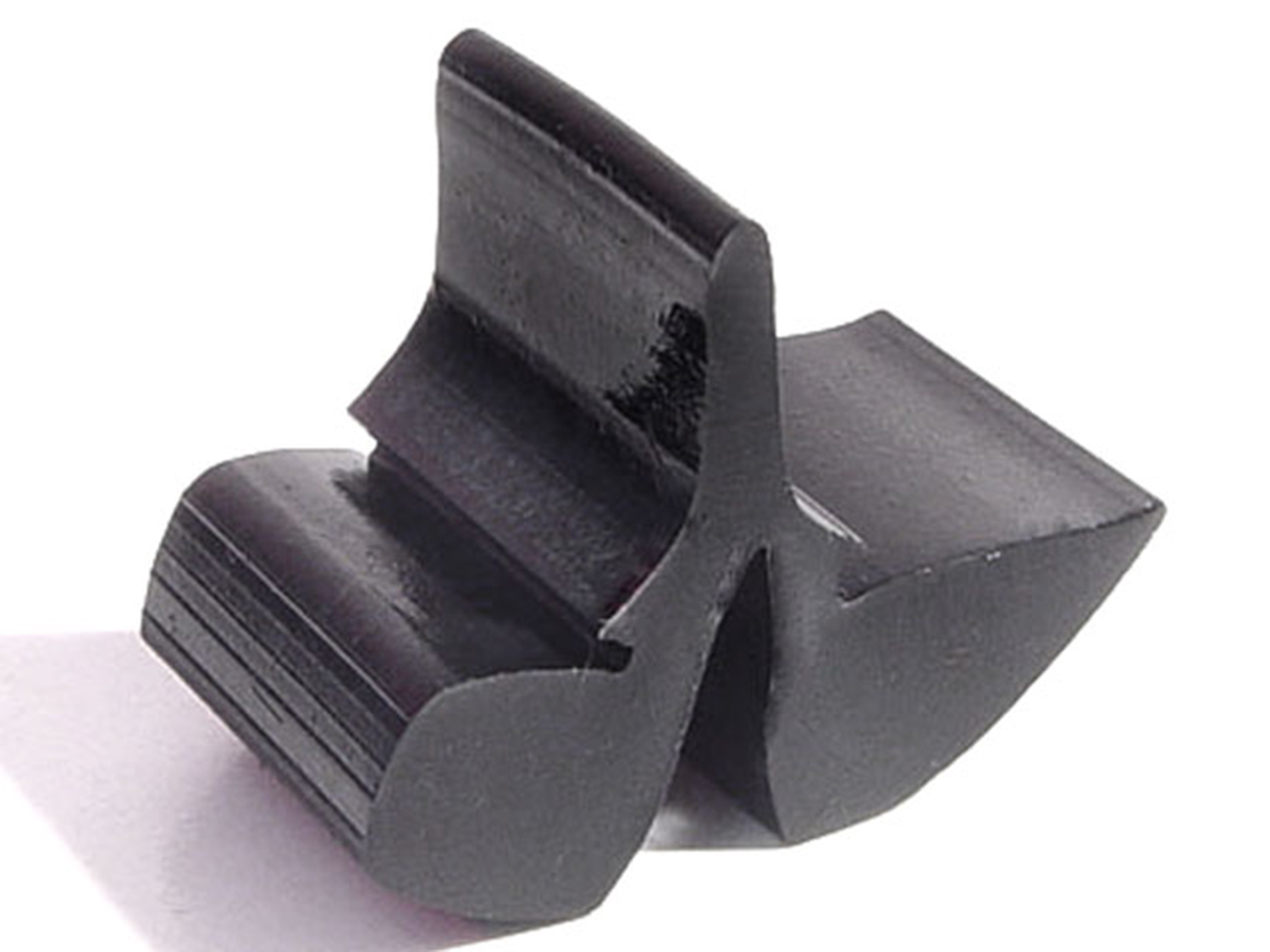 1966 Buick Wildcat Hood to Fender Bumper. Fits B Body Buicks 3/4"" HOLE, 1-1/16"" HIGH X 3/4 WIDE-HF 26-AHood to Fender Bumper. Fits B Body Buicks 3/4"" HOLE, 1-1/16"" HIGH X 3/4 WIDE
1966 Buick Wildcat Hood to Fender Bumper. Fits B Body Buicks 3/4"" HOLE, 1-1/16"" HIGH X 3/4 WIDE-HF 26-AHood to Fender Bumper. Fits B Body Buicks 3/4"" HOLE, 1-1/16"" HIGH X 3/4 WIDE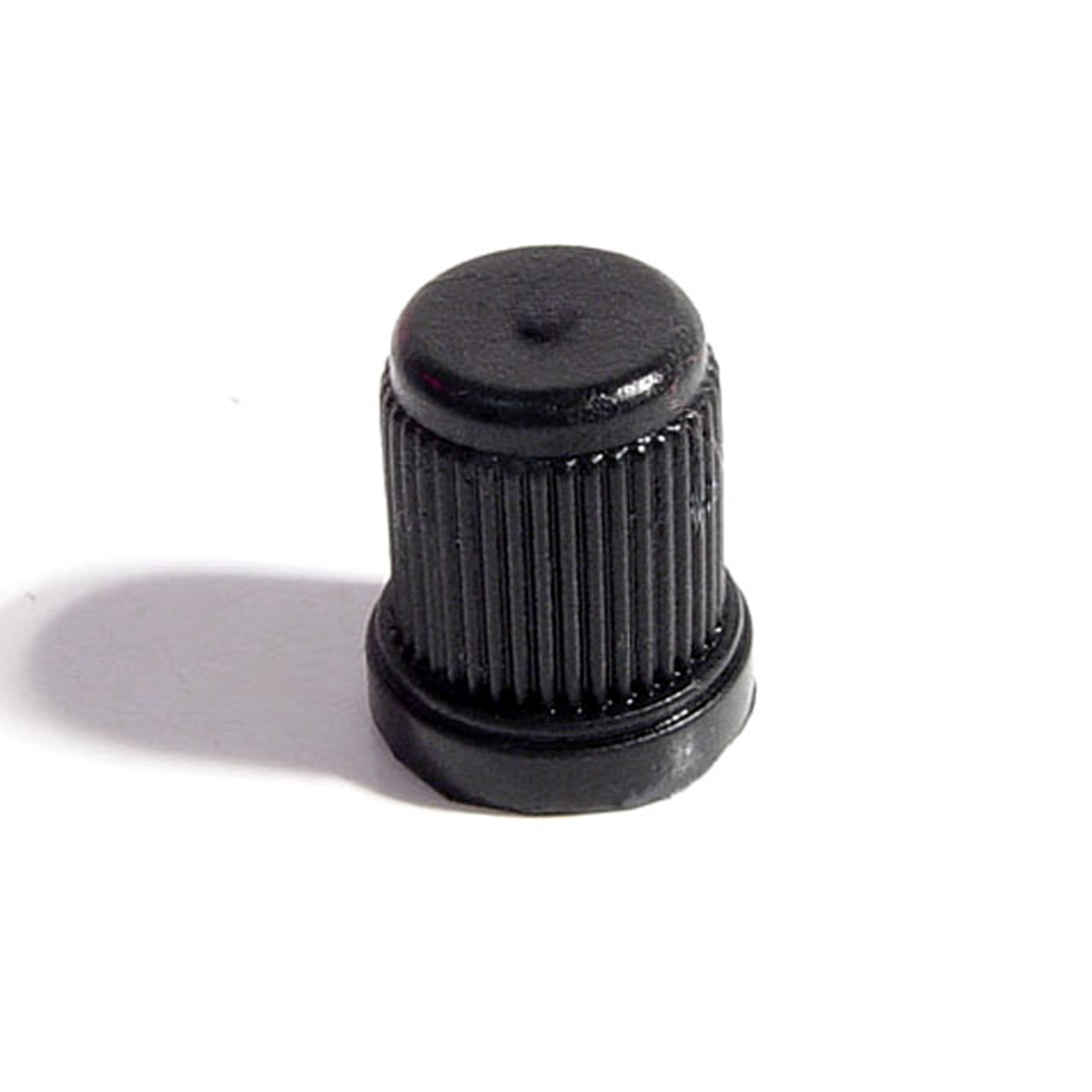 1966 Buick Wildcat Trip Meter Reset Knob. Made of black rubber-KN 10Trip Meter Reset Knob. Made of black rubber. Compare to measurements: 1/8" I.D., 7/16" O.D. X 1/2" tall. Each
1966 Buick Wildcat Trip Meter Reset Knob. Made of black rubber-KN 10Trip Meter Reset Knob. Made of black rubber. Compare to measurements: 1/8" I.D., 7/16" O.D. X 1/2" tall. Each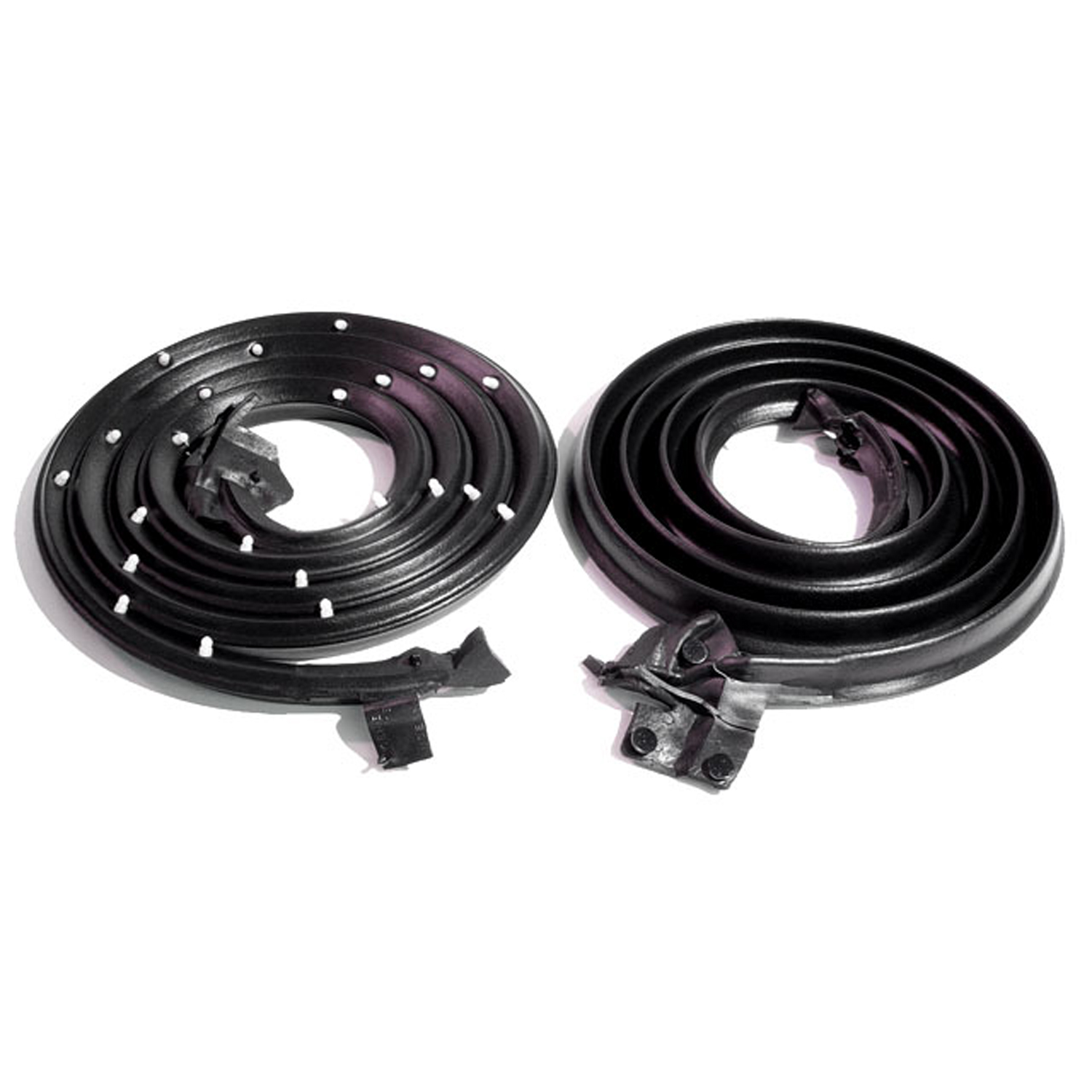 1966 Buick Wildcat Door Seals, with Clips and Molded Ends-LM 20Door Seals, with Clips and Molded Ends. For 2-Door Hardtops and Convertibles. Replaces OEM #4456006/7. Pair R&L
1966 Buick Wildcat Door Seals, with Clips and Molded Ends-LM 20Door Seals, with Clips and Molded Ends. For 2-Door Hardtops and Convertibles. Replaces OEM #4456006/7. Pair R&L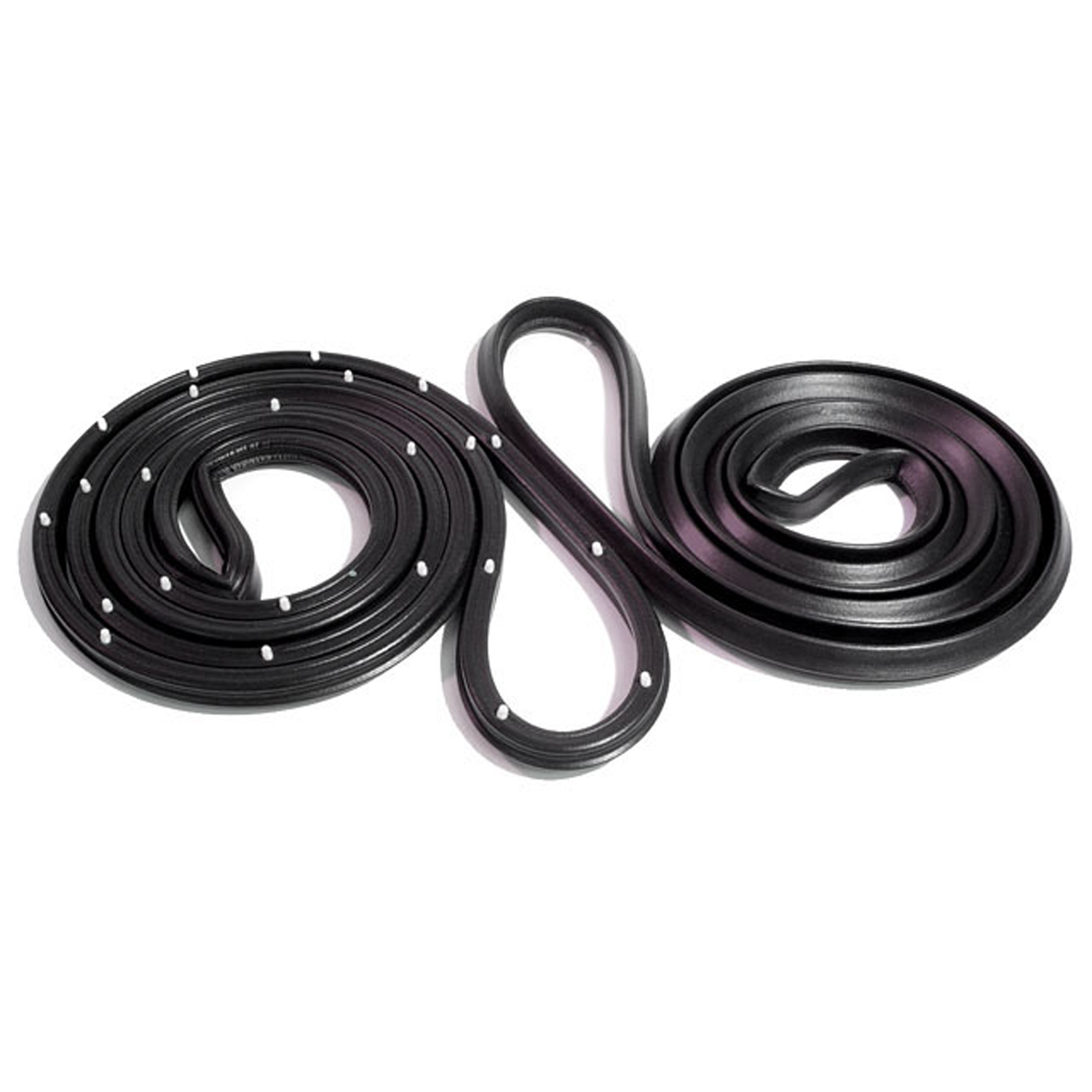 1966 Buick Wildcat Front Molded Door Seals with Clips-LM 21-DFront Molded Door Seals with Clips. For 4-Door Sedan and Wagon. Pair R&L
1966 Buick Wildcat Front Molded Door Seals with Clips-LM 21-DFront Molded Door Seals with Clips. For 4-Door Sedan and Wagon. Pair R&L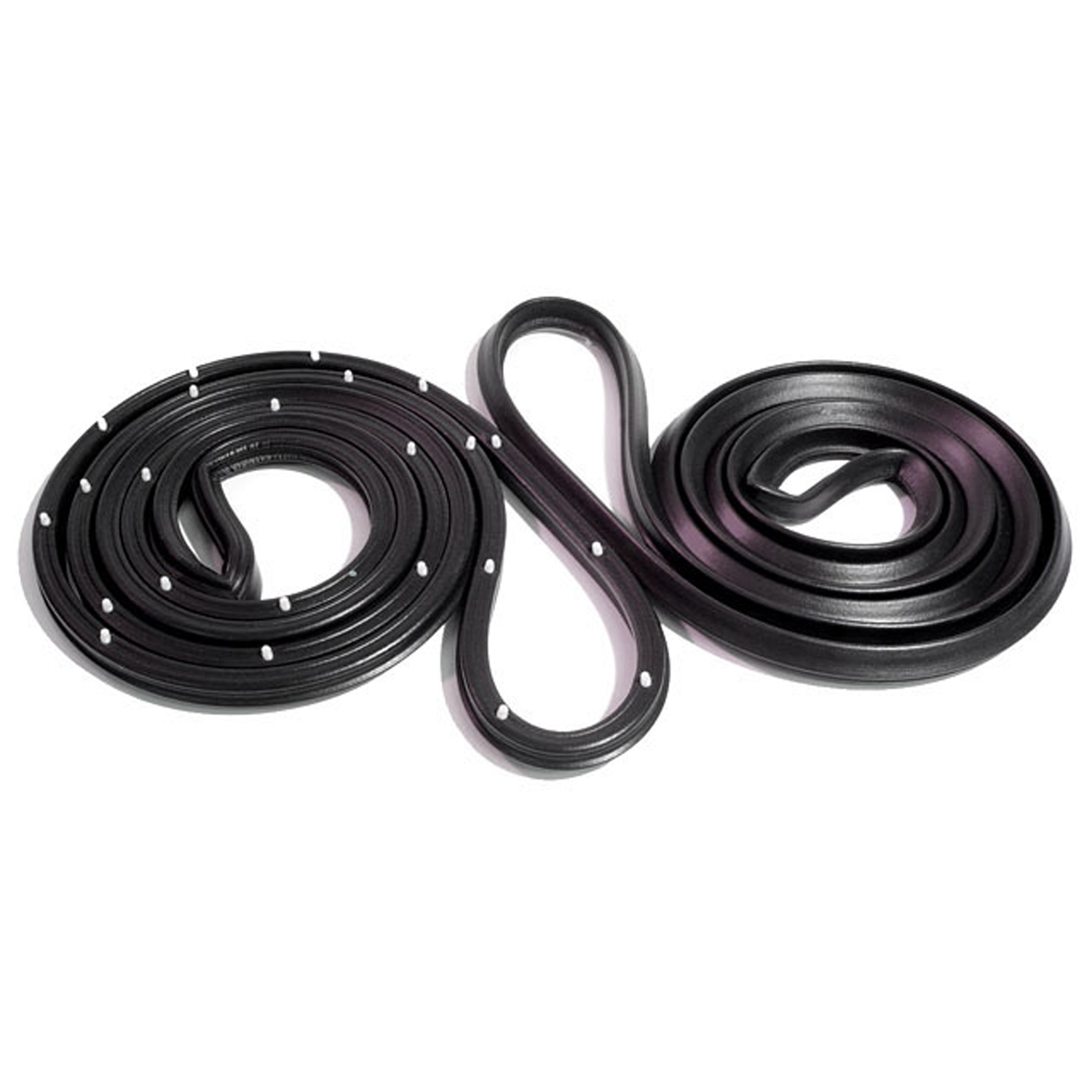 1966 Buick Wildcat Rear Molded Door Seals with Clips. For 4-Door Sedan-LM 21-D/RRear Molded Door Seals with Clips. For 4-Door Sedan. Pair R&L
1966 Buick Wildcat Rear Molded Door Seals with Clips. For 4-Door Sedan-LM 21-D/RRear Molded Door Seals with Clips. For 4-Door Sedan. Pair R&L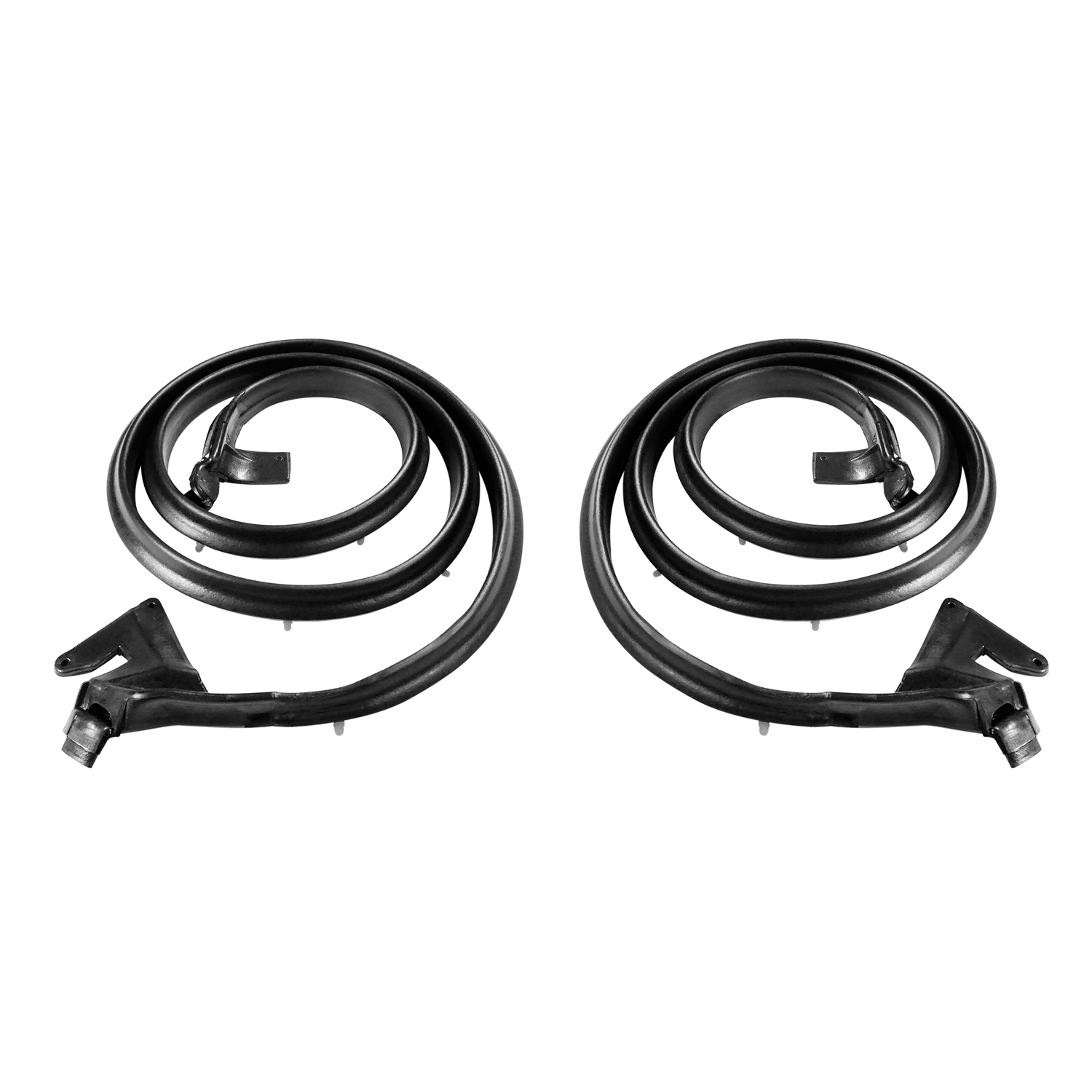 1966 Buick Wildcat Front door seals-LM 21-JFront door seals. Fits '65-'66 GM B- and C-body 4-door hardtop (also called 'Sports Sedan') models. Replaces OEM#'s 4455994/5. Pair. R&L.
1966 Buick Wildcat Front door seals-LM 21-JFront door seals. Fits '65-'66 GM B- and C-body 4-door hardtop (also called 'Sports Sedan') models. Replaces OEM#'s 4455994/5. Pair. R&L.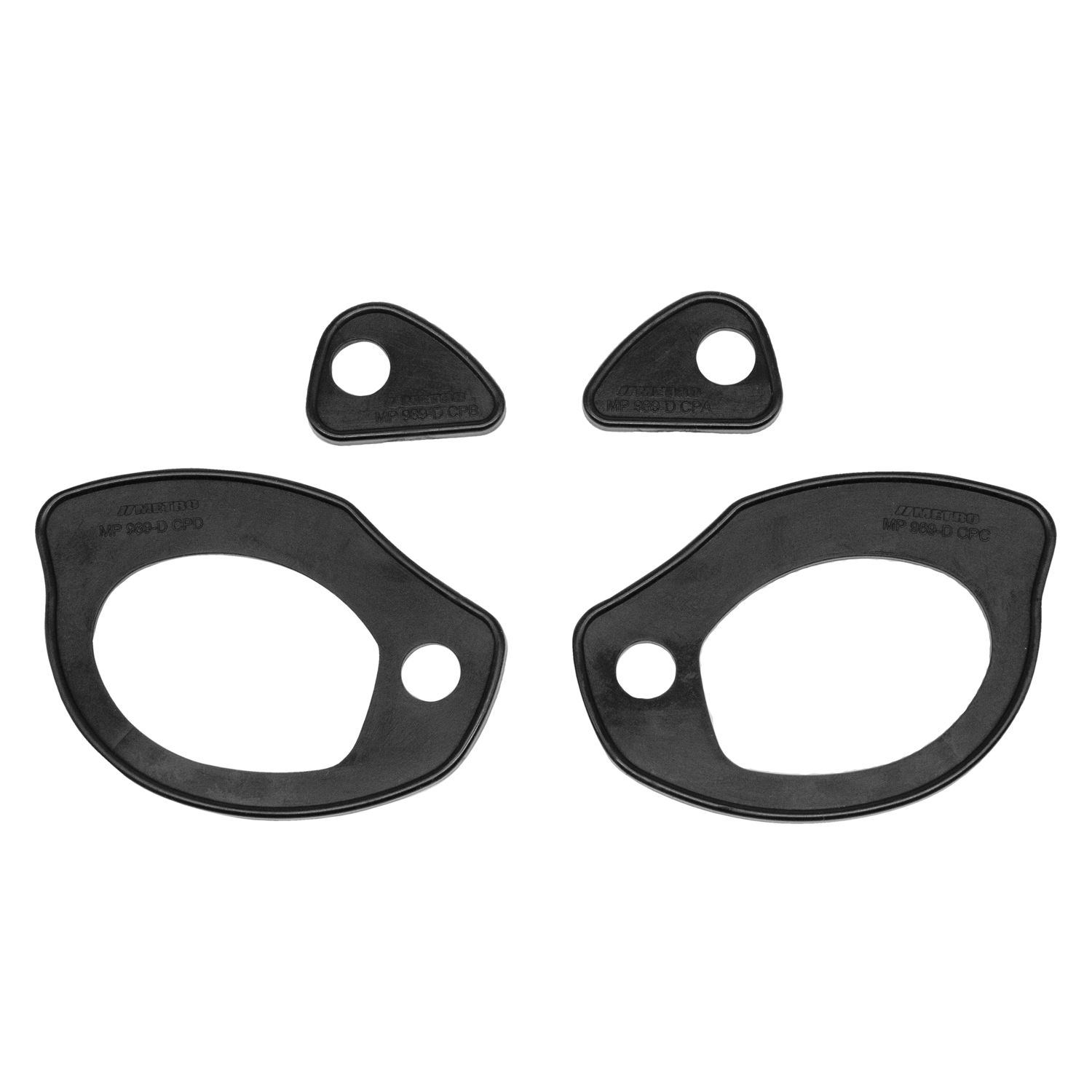 1966 Buick Wildcat Door Handle Pads. 2-5/8" long & 1-1/8" long. Set R&L-MP 989-DDoor Handle Pads. 2-5/8" long & 1-1/8" long. Set R&L
1966 Buick Wildcat Door Handle Pads. 2-5/8" long & 1-1/8" long. Set R&L-MP 989-DDoor Handle Pads. 2-5/8" long & 1-1/8" long. Set R&L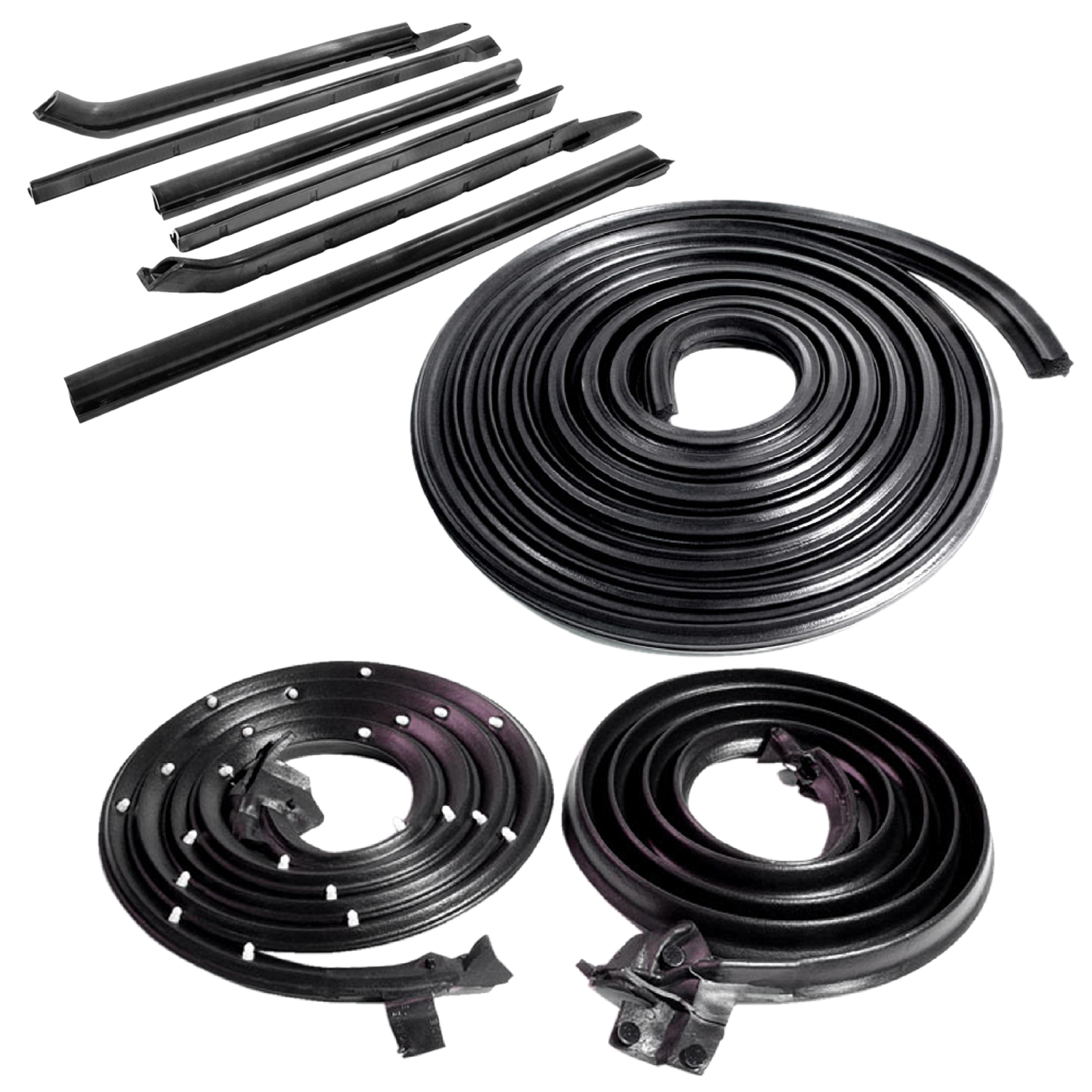 1966 Buick Wildcat Basic Kit, for Convertibles-RKB 2007-109/ABasic Kit, for Convertibles. Door (LM 20) Roof Rail (RR 1811-B) Trunk (TK 46-18), Seals.
1966 Buick Wildcat Basic Kit, for Convertibles-RKB 2007-109/ABasic Kit, for Convertibles. Door (LM 20) Roof Rail (RR 1811-B) Trunk (TK 46-18), Seals.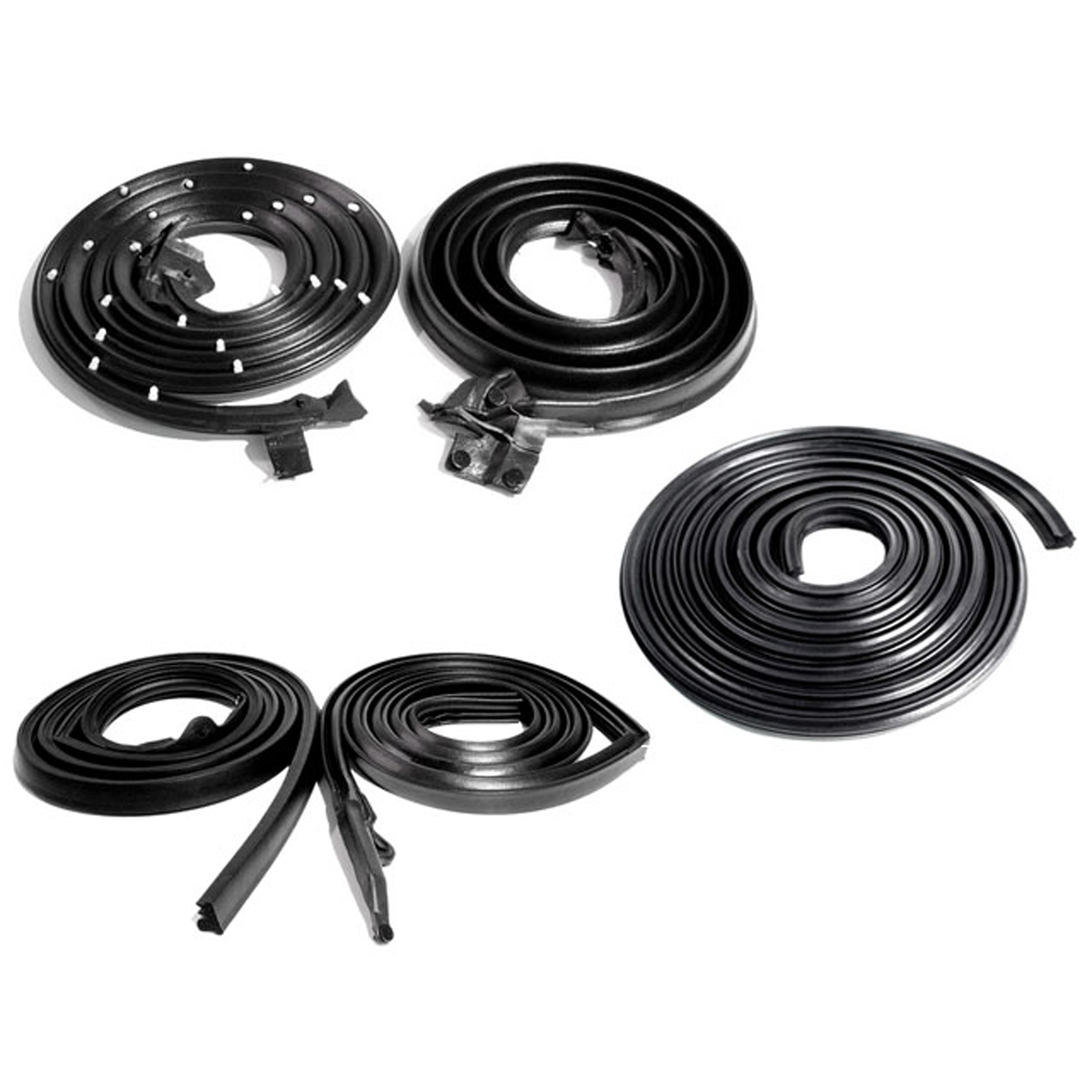 1966 Buick Wildcat Basic Kit, for 2-Door Hardtop-RKB 2009-108Basic Kit, for 2-Door Hardtop. Door (LM 20) Roof Rail (RR 5016) Trunk (TK 46-18), Seals.
1966 Buick Wildcat Basic Kit, for 2-Door Hardtop-RKB 2009-108Basic Kit, for 2-Door Hardtop. Door (LM 20) Roof Rail (RR 5016) Trunk (TK 46-18), Seals.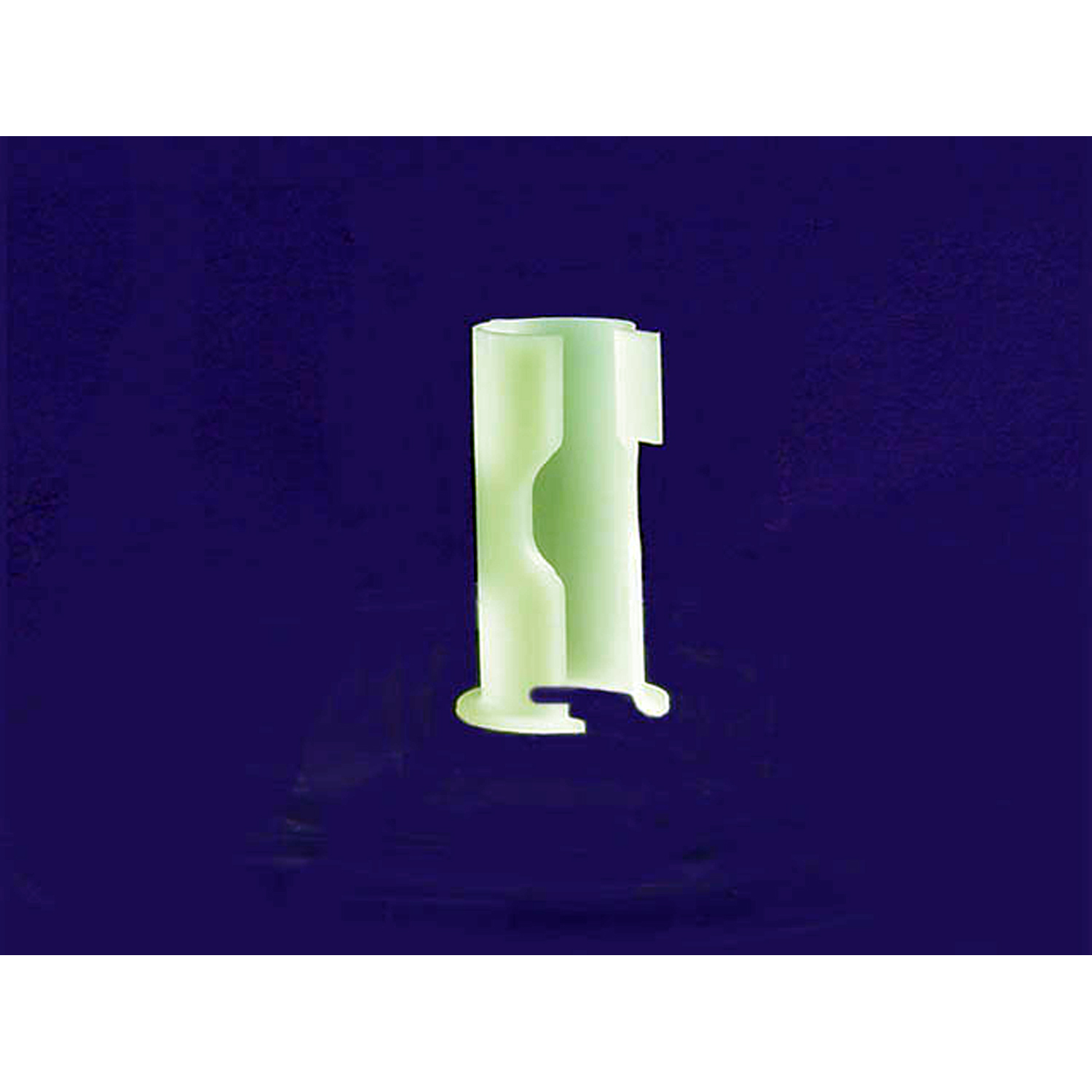 1966 Buick Wildcat Sun Visor Support Sleeve. Clear plastic. Each-RP 303-ASun Visor Support Sleeve. Clear plastic. Each
1966 Buick Wildcat Sun Visor Support Sleeve. Clear plastic. Each-RP 303-ASun Visor Support Sleeve. Clear plastic. Each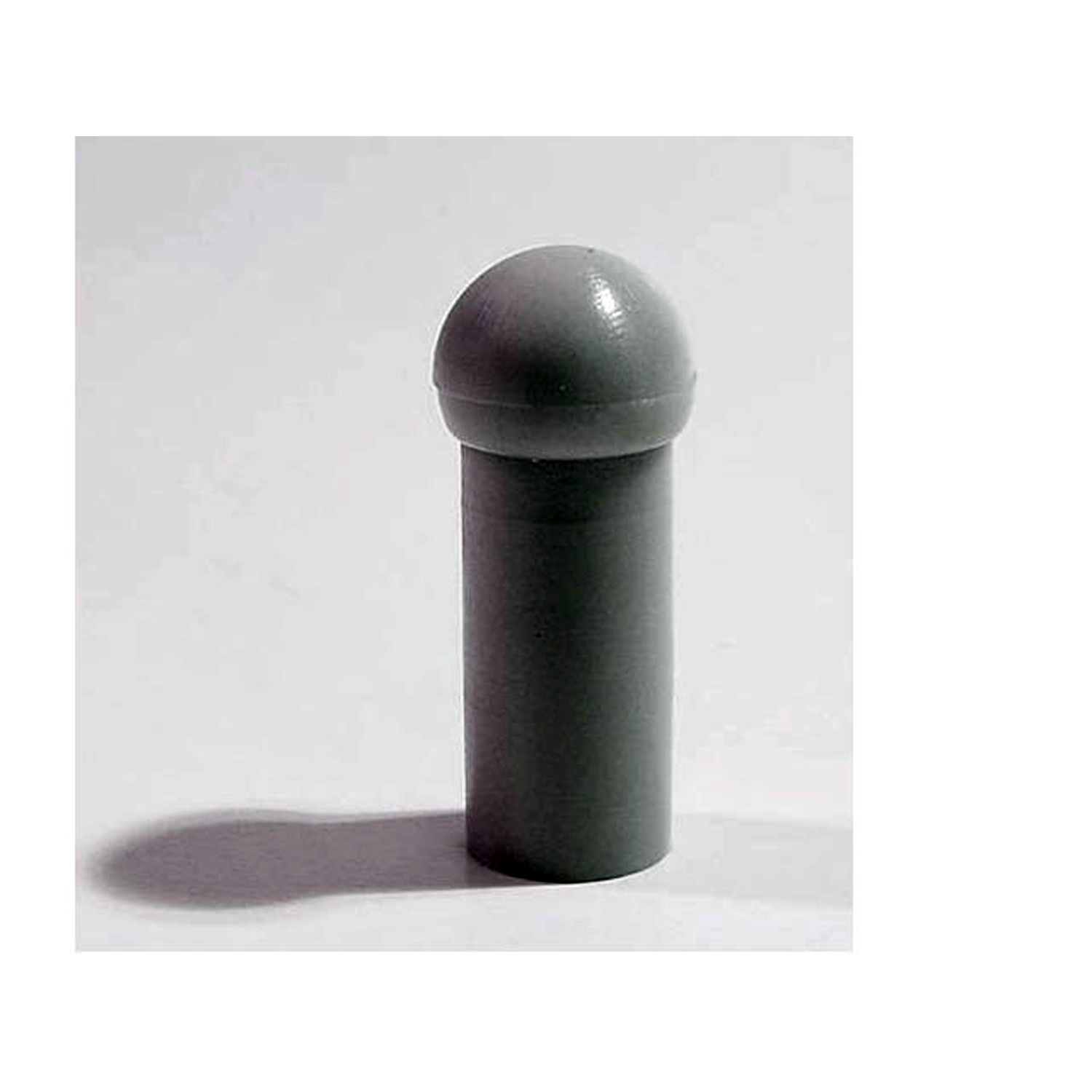 1966 Buick Wildcat Sun Visor Rod Rubber Grommet. 3/4" long. Gray. Each-RP 303-CSun Visor Rod Rubber Grommet. 3/4" long. Gray. Each
1966 Buick Wildcat Sun Visor Rod Rubber Grommet. 3/4" long. Gray. Each-RP 303-CSun Visor Rod Rubber Grommet. 3/4" long. Gray. Each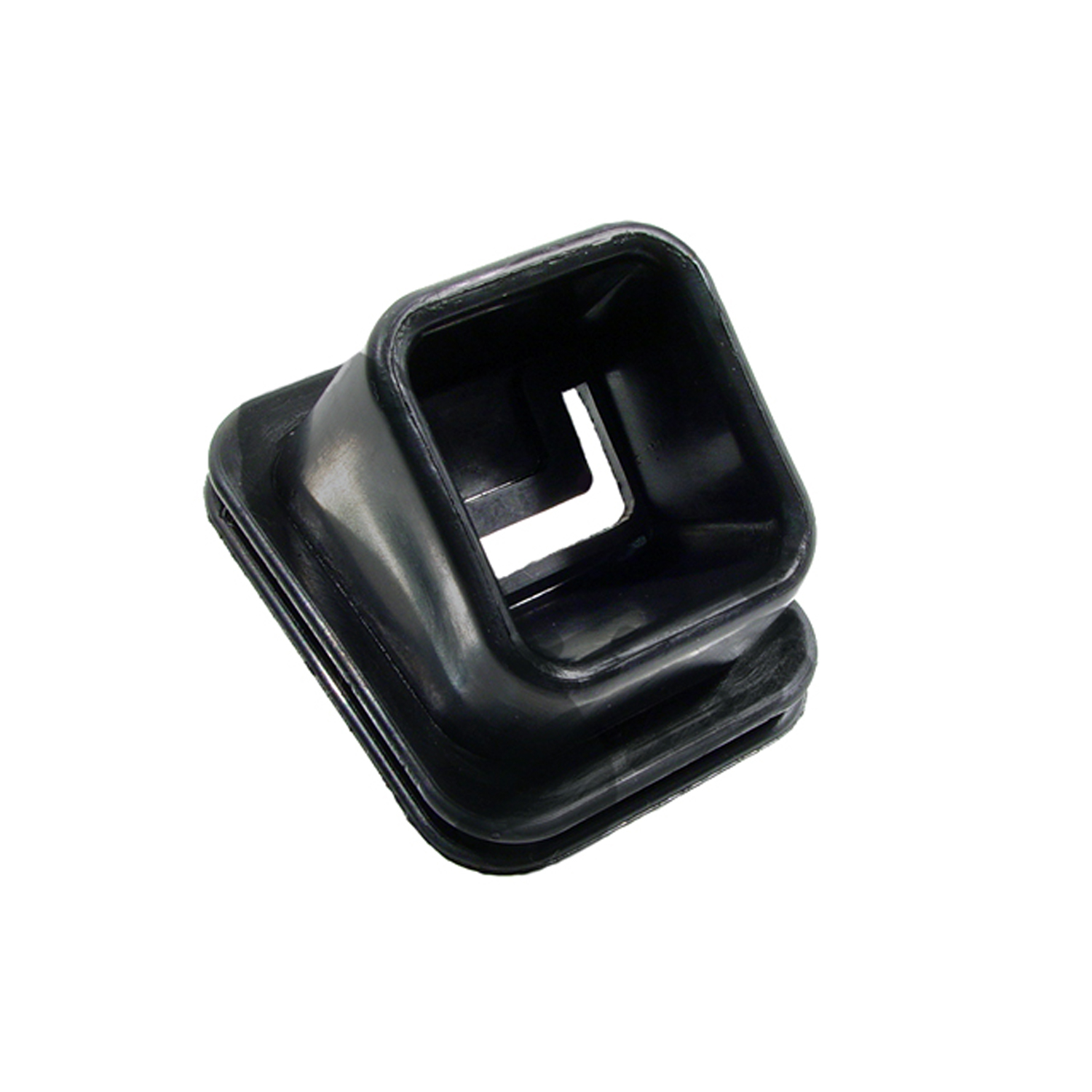 1966 Buick Wildcat Clutch Arm Fork Boot. Fits on bell housing to keep dirt out-RP 31-DClutch Arm Fork Boot. Fits on bell housing to keep dirt out. Each
1966 Buick Wildcat Clutch Arm Fork Boot. Fits on bell housing to keep dirt out-RP 31-DClutch Arm Fork Boot. Fits on bell housing to keep dirt out. Each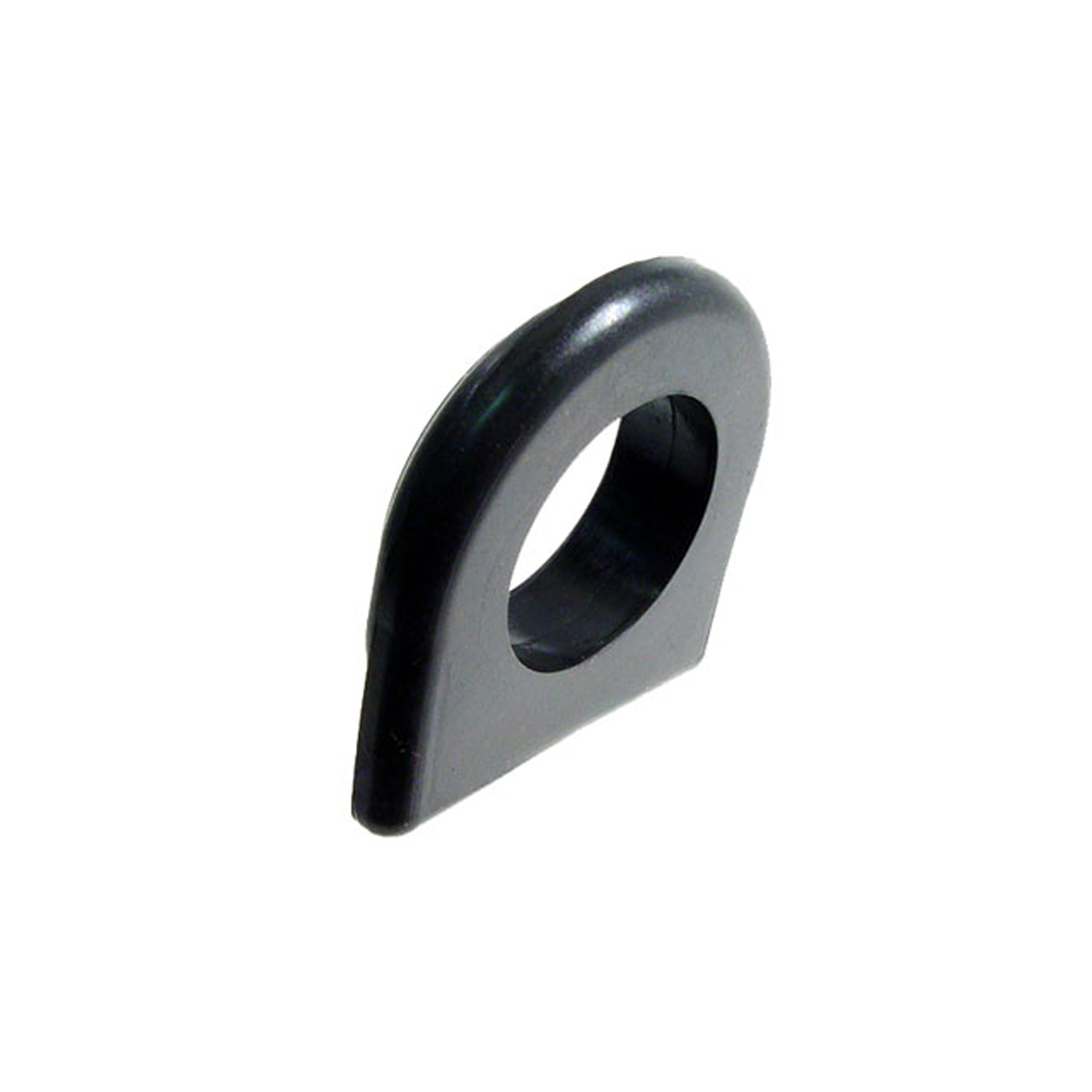 1966 Buick Wildcat Positive Crankcase Ventilation Grommet-RP 9Positive Crankcase Ventilation Grommet. 11/16" wide X 1-5/8" long, with 15/16" I.D. (Fits some models) Each
1966 Buick Wildcat Positive Crankcase Ventilation Grommet-RP 9Positive Crankcase Ventilation Grommet. 11/16" wide X 1-5/8" long, with 15/16" I.D. (Fits some models) Each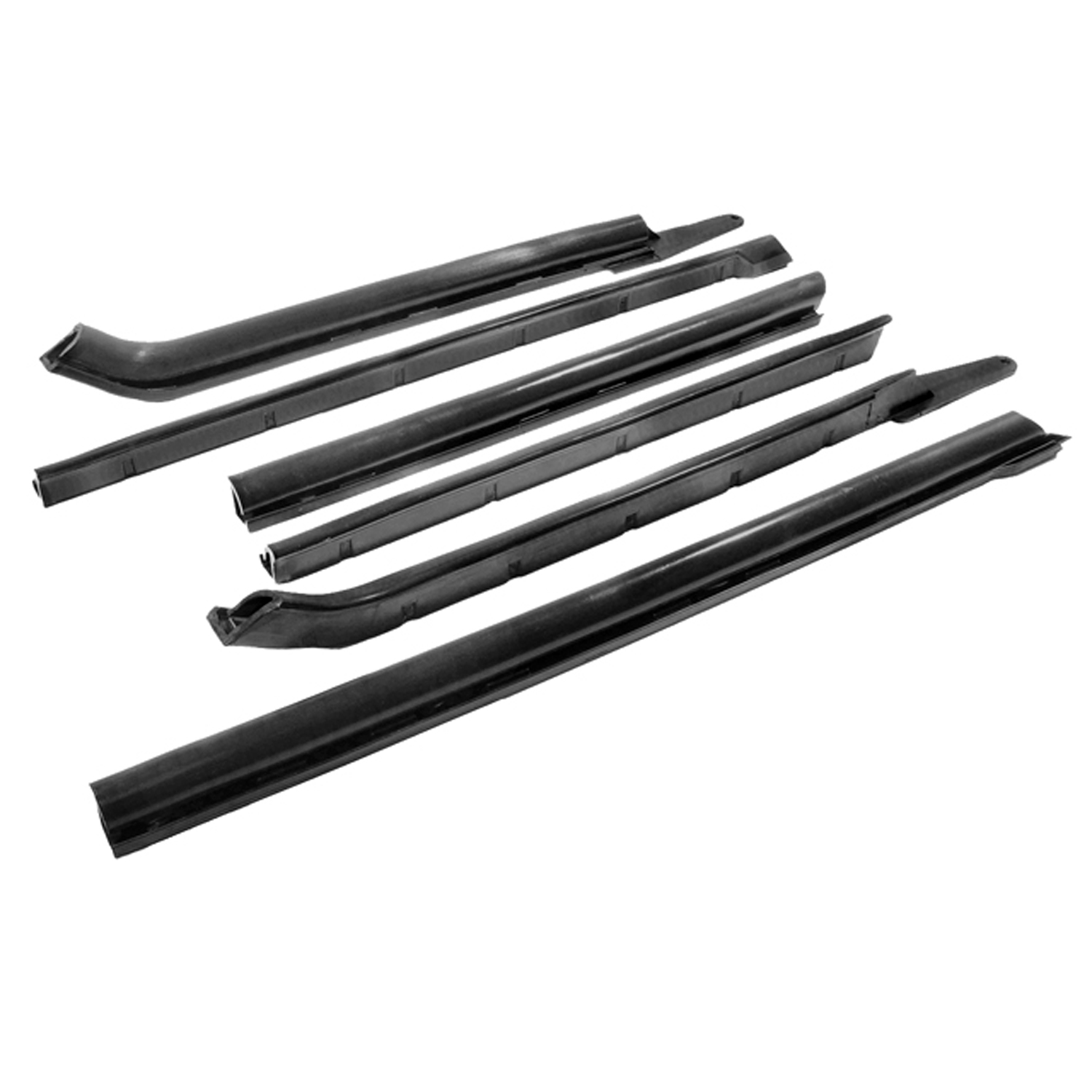 1966 Buick Wildcat Molded Roof Rail Seals, for Convertibles-RR 1811-BMolded Roof Rail Seals, for Convertibles. 6-Piece set, with steel cores (remove rear flaps for '69-'70 Chevrolet). For molded sponge header seal, order part #HD 731.
1966 Buick Wildcat Molded Roof Rail Seals, for Convertibles-RR 1811-BMolded Roof Rail Seals, for Convertibles. 6-Piece set, with steel cores (remove rear flaps for '69-'70 Chevrolet). For molded sponge header seal, order part #HD 731.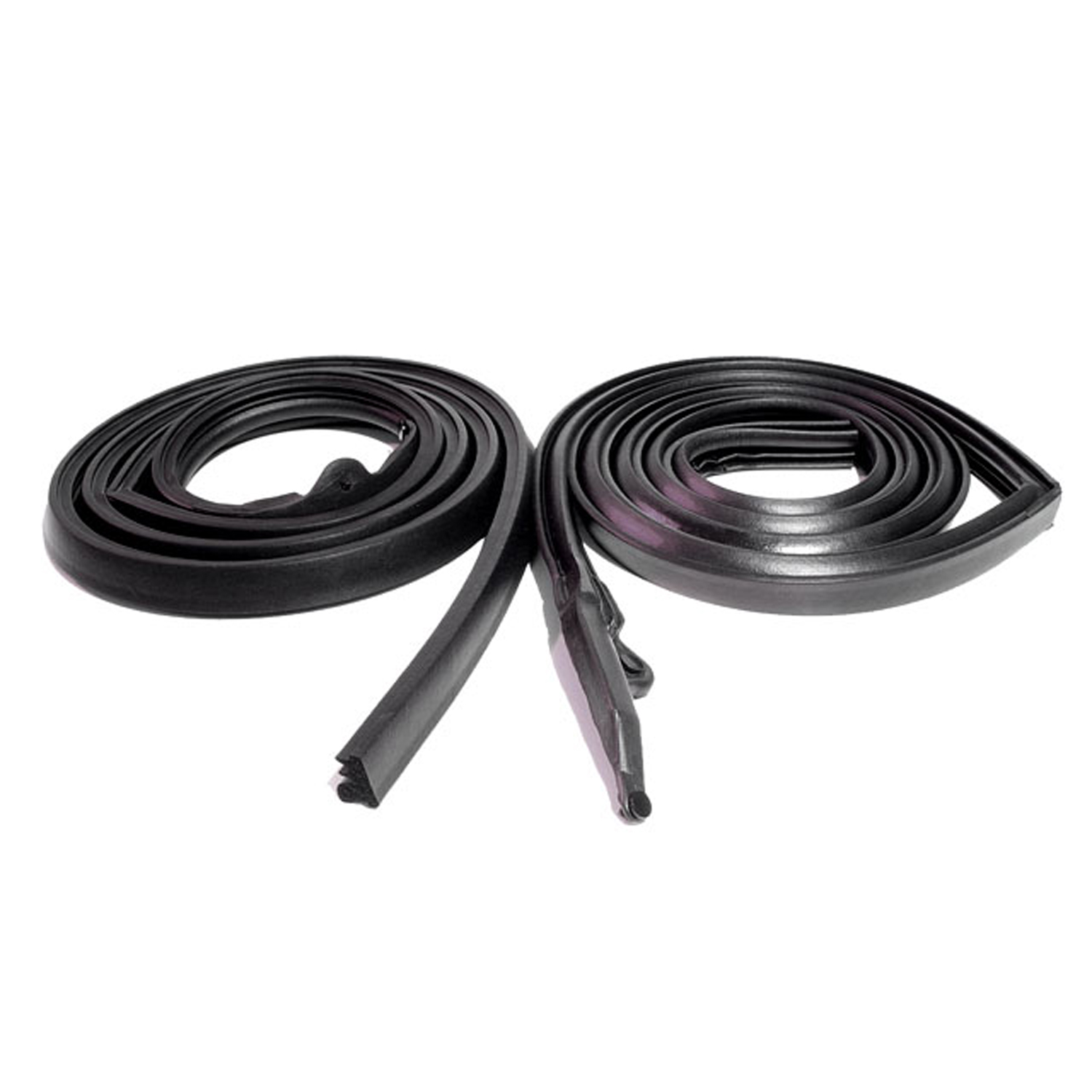 1966 Buick Wildcat Molded Roof Rail Seals. For 2-door hardtops. Pair R&L-RR 5016Molded Roof Rail Seals. For 2-door hardtops. Pair R&L
1966 Buick Wildcat Molded Roof Rail Seals. For 2-door hardtops. Pair R&L-RR 5016Molded Roof Rail Seals. For 2-door hardtops. Pair R&L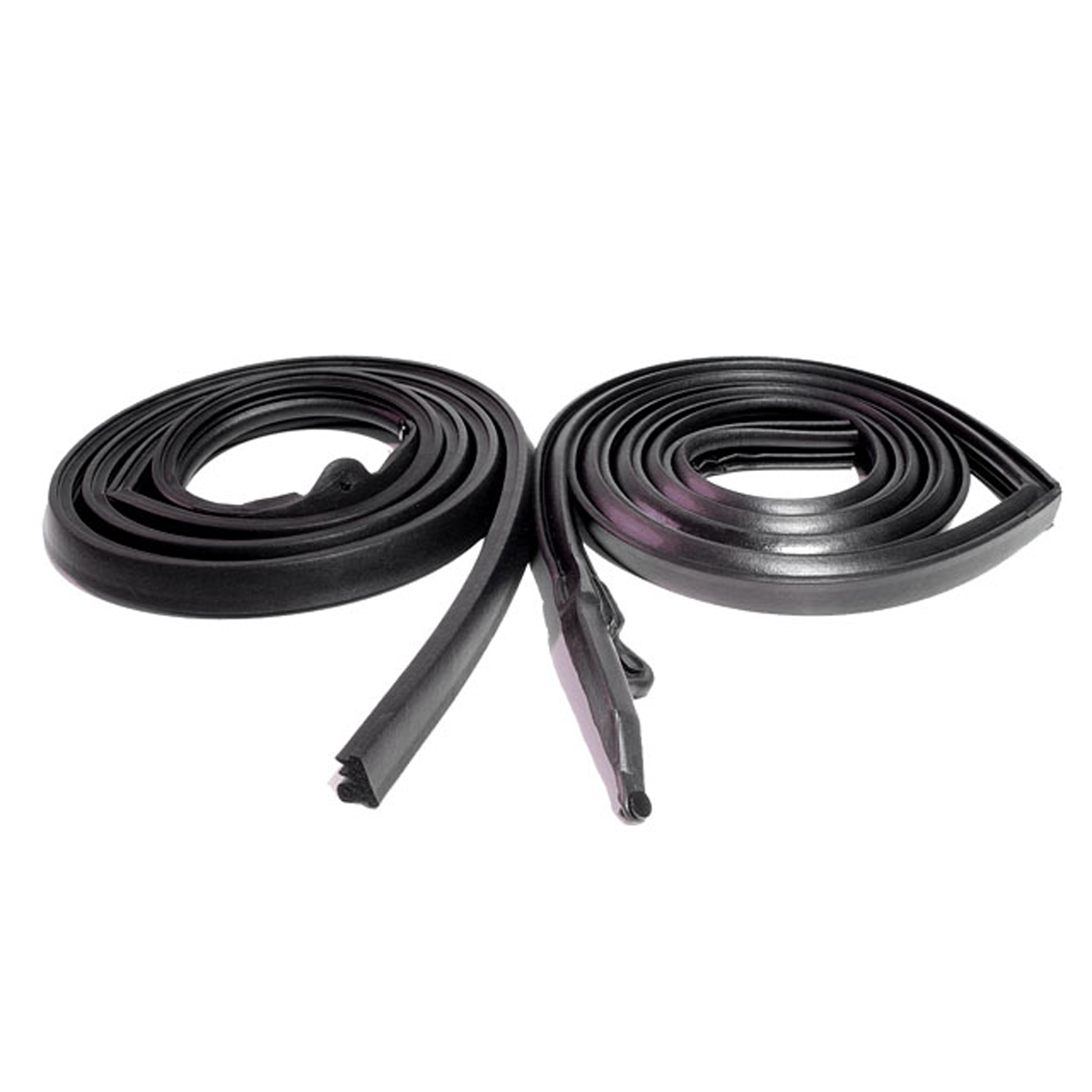 1966 Buick Wildcat Molded Roof Rail Seals. For 4-door hardtops. Pair R&L-RR 5016-AMolded Roof Rail Seals. For 4-door hardtops. Pair R&L
1966 Buick Wildcat Molded Roof Rail Seals. For 4-door hardtops. Pair R&L-RR 5016-AMolded Roof Rail Seals. For 4-door hardtops. Pair R&L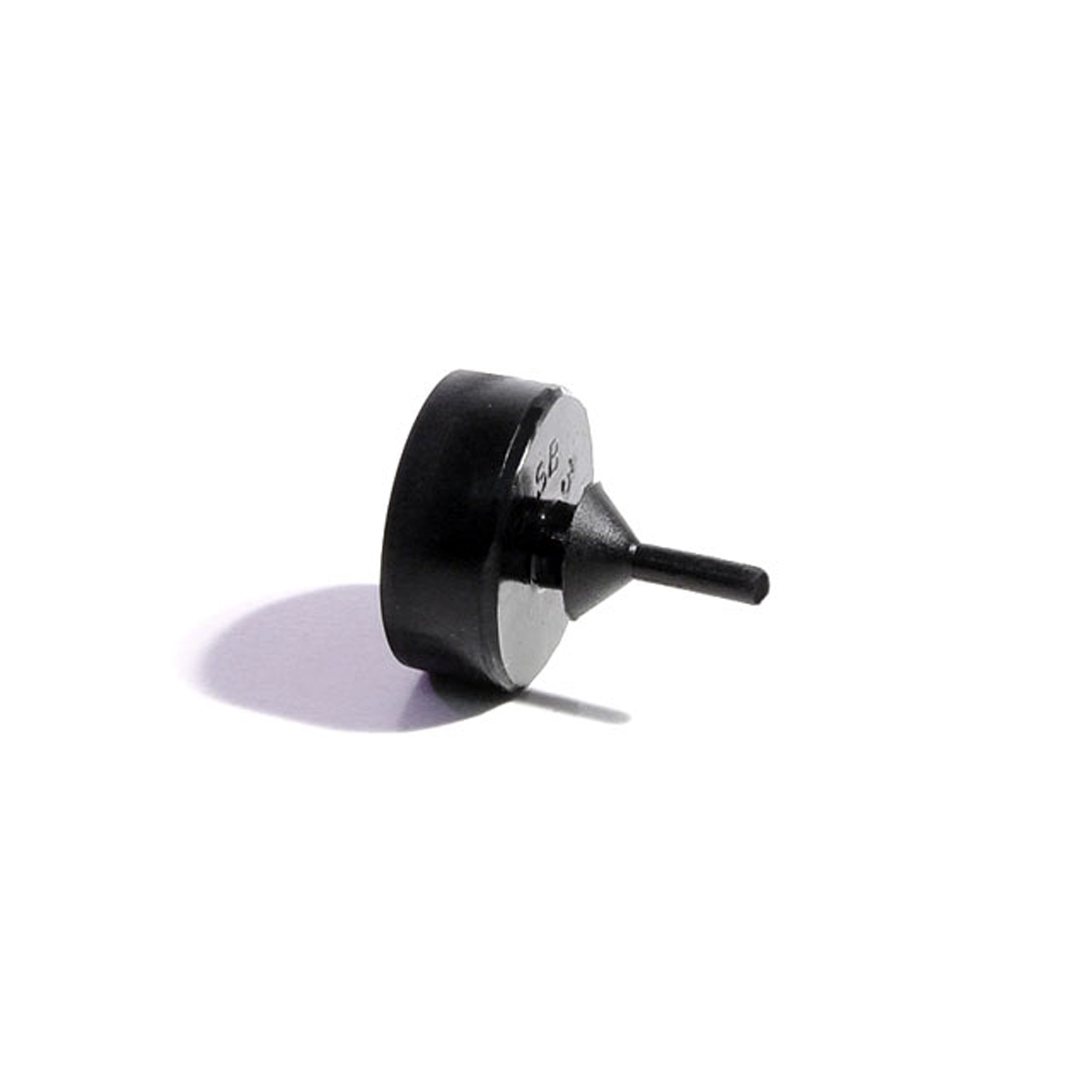 1966 Buick Wildcat Trunk Bumper. Fits lower corner on decklid. 15/16" O.D-SB 34Trunk Bumper. Fits lower corner on decklid. 15/16" O.D., 11/16" high. Each
1966 Buick Wildcat Trunk Bumper. Fits lower corner on decklid. 15/16" O.D-SB 34Trunk Bumper. Fits lower corner on decklid. 15/16" O.D., 11/16" high. Each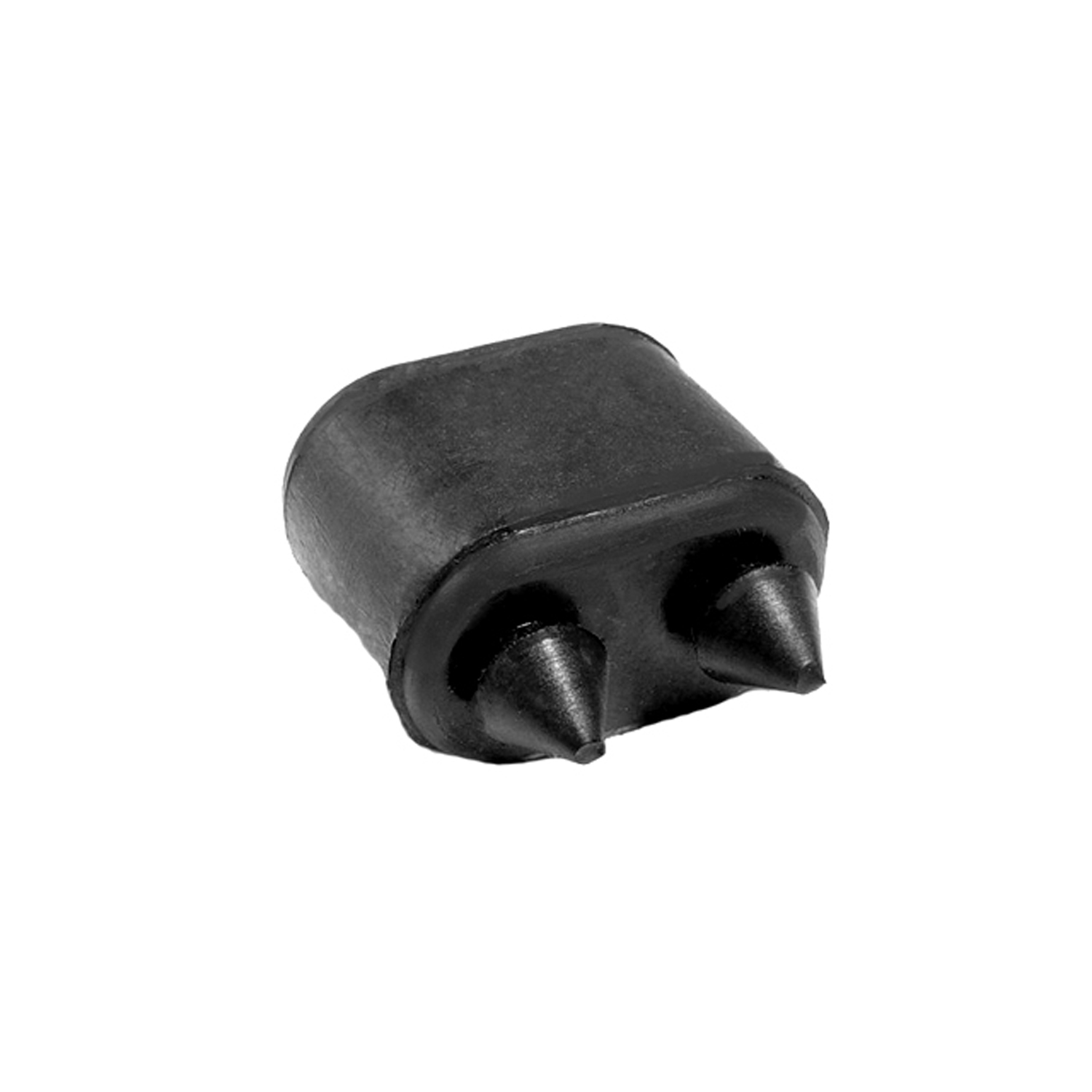 1966 Buick Wildcat Door Bumper, 57-74 GM Cars, Made with Twin Retainers, Each-SB 35Door Bumper, 57-74 GM Cars, made with twin retainers, Each. Measure 1-1/16" high X 19/32" wide X 1-1/32" long.
1966 Buick Wildcat Door Bumper, 57-74 GM Cars, Made with Twin Retainers, Each-SB 35Door Bumper, 57-74 GM Cars, made with twin retainers, Each. Measure 1-1/16" high X 19/32" wide X 1-1/32" long.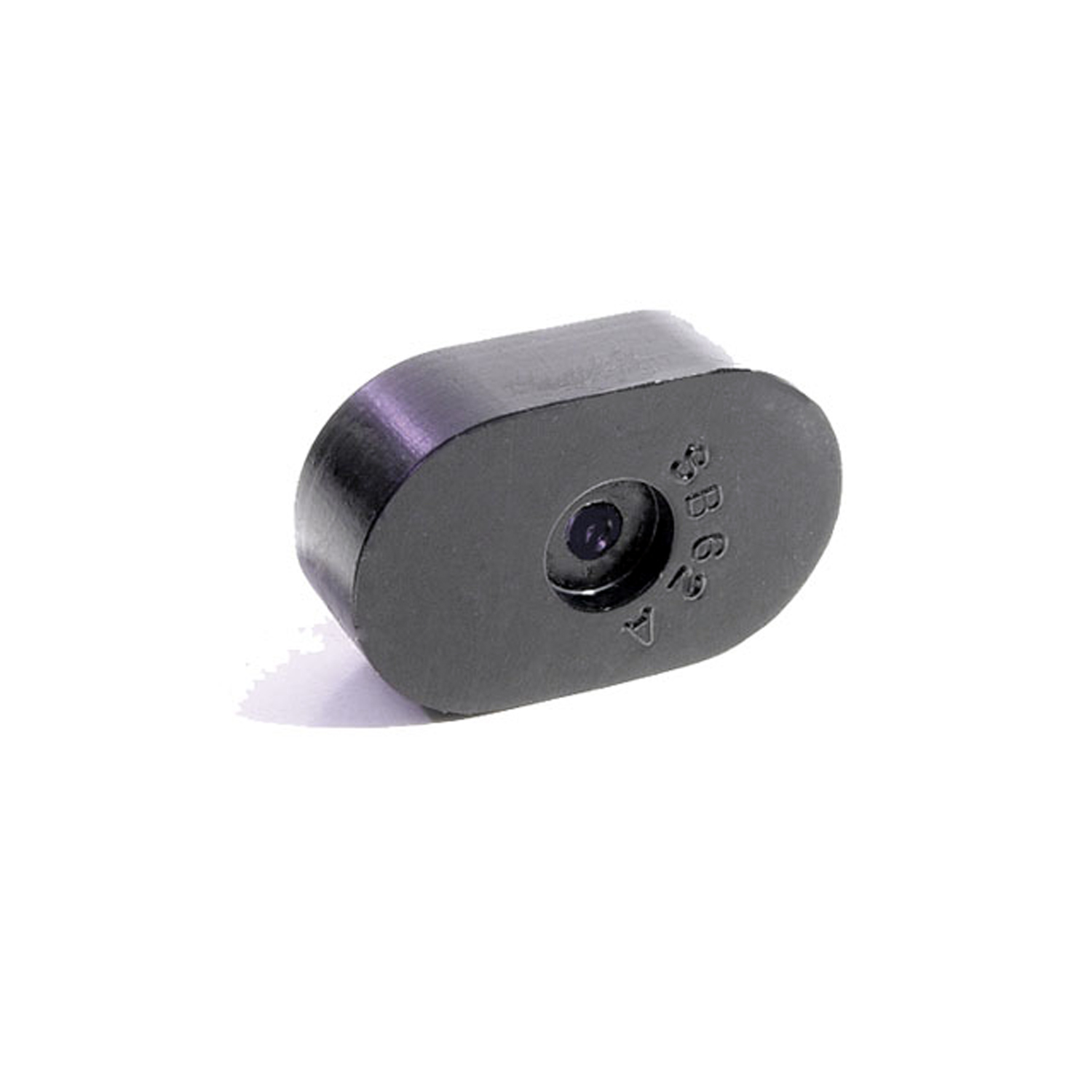 1966 Buick Wildcat Seat Bumper. Made with steel core like original-SB 62-ASeat Bumper. Made with steel core like original. 1-1/2" long, 7/16" thick. Two used per car. Each
1966 Buick Wildcat Seat Bumper. Made with steel core like original-SB 62-ASeat Bumper. Made with steel core like original. 1-1/2" long, 7/16" thick. Two used per car. Each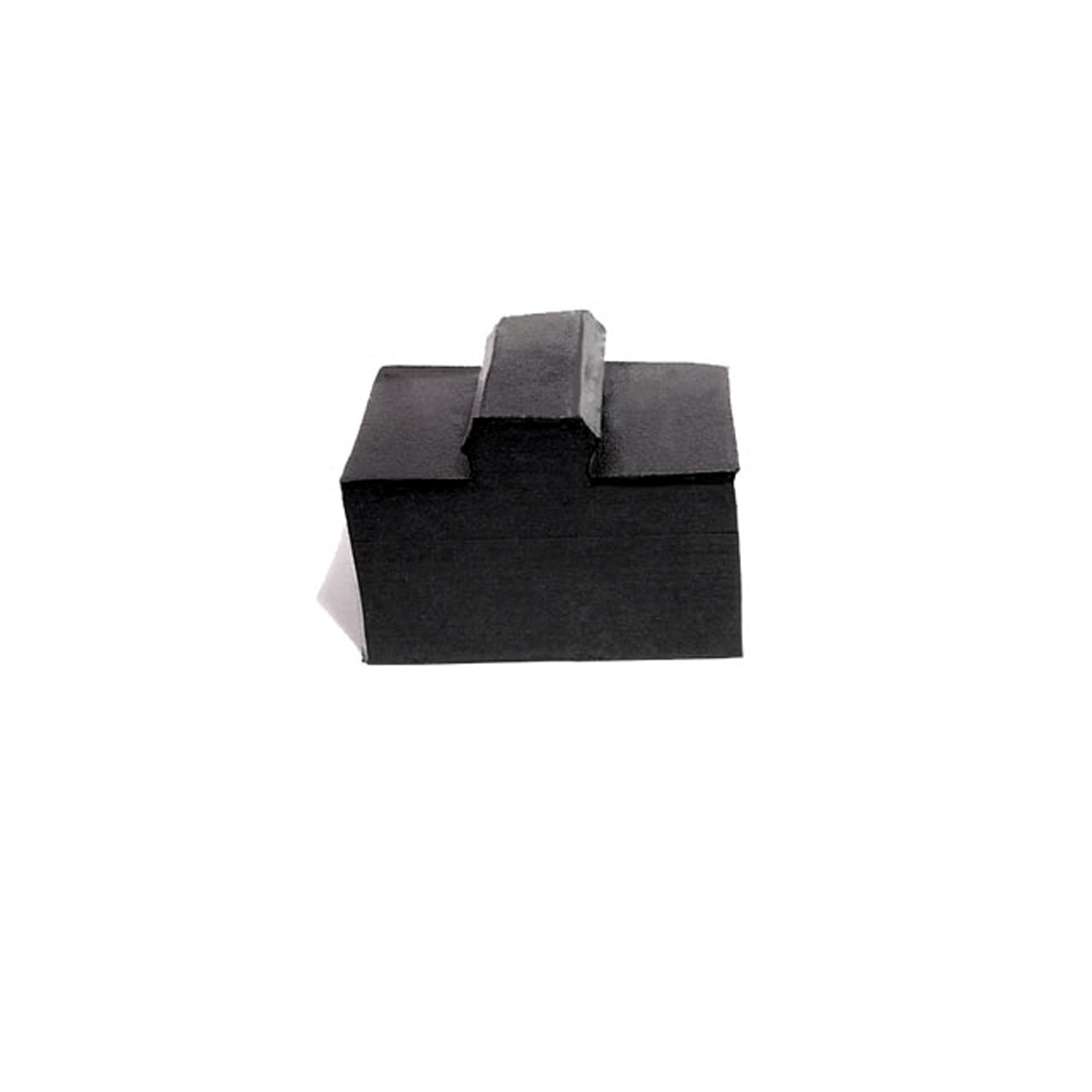 1966 Buick Wildcat Clutch Pedal Return Bumper-SB 64Clutch Pedal Return Bumper. 1-13/16" long X 13/16" wide X 7/8" high (center). Each
1966 Buick Wildcat Clutch Pedal Return Bumper-SB 64Clutch Pedal Return Bumper. 1-13/16" long X 13/16" wide X 7/8" high (center). Each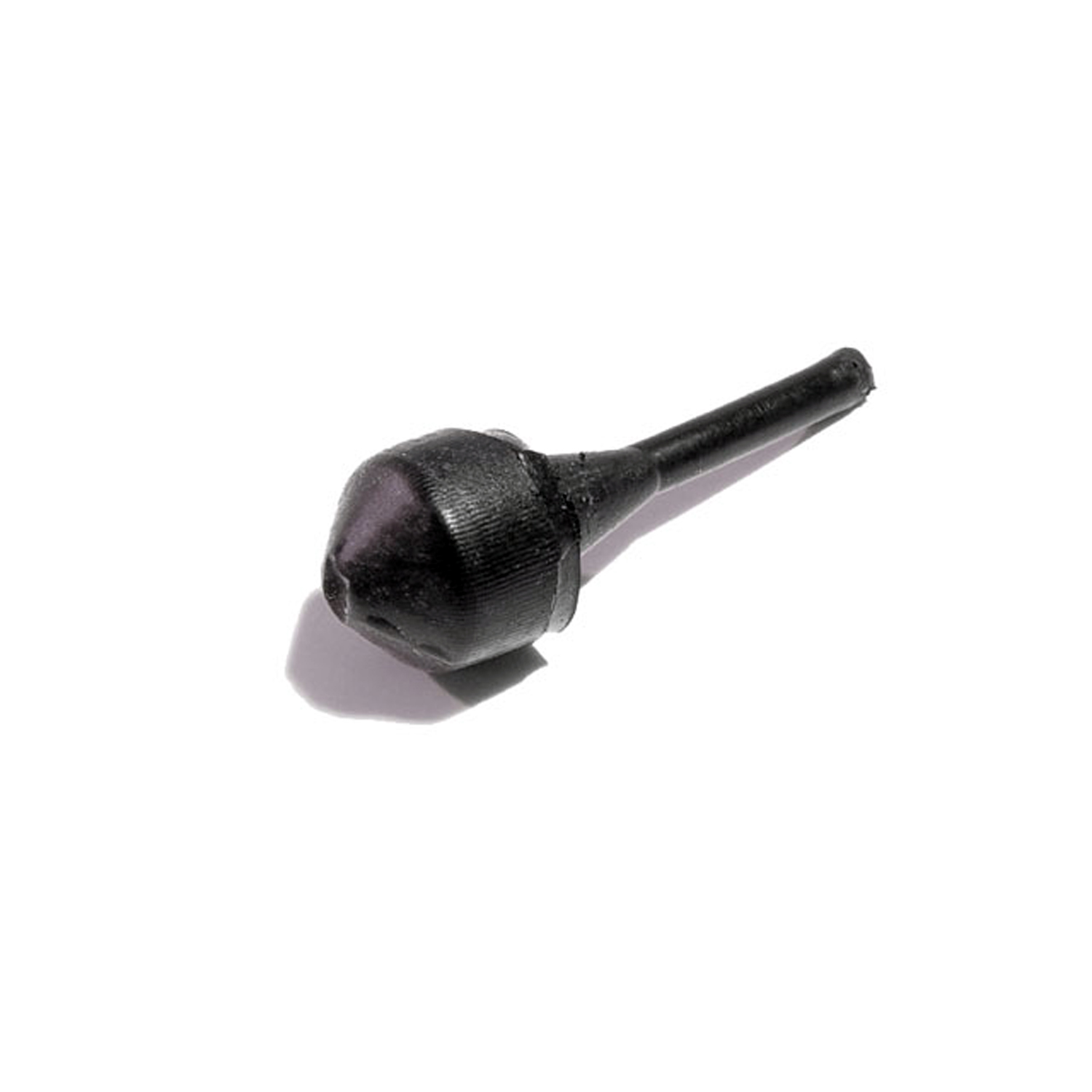 1966 Buick Wildcat Glove Box and Fuel Door Bumper. Fits 3/16" hole. Each-SB 78Glove Box and Fuel Door Bumper. Fits 3/16" hole. Each
1966 Buick Wildcat Glove Box and Fuel Door Bumper. Fits 3/16" hole. Each-SB 78Glove Box and Fuel Door Bumper. Fits 3/16" hole. Each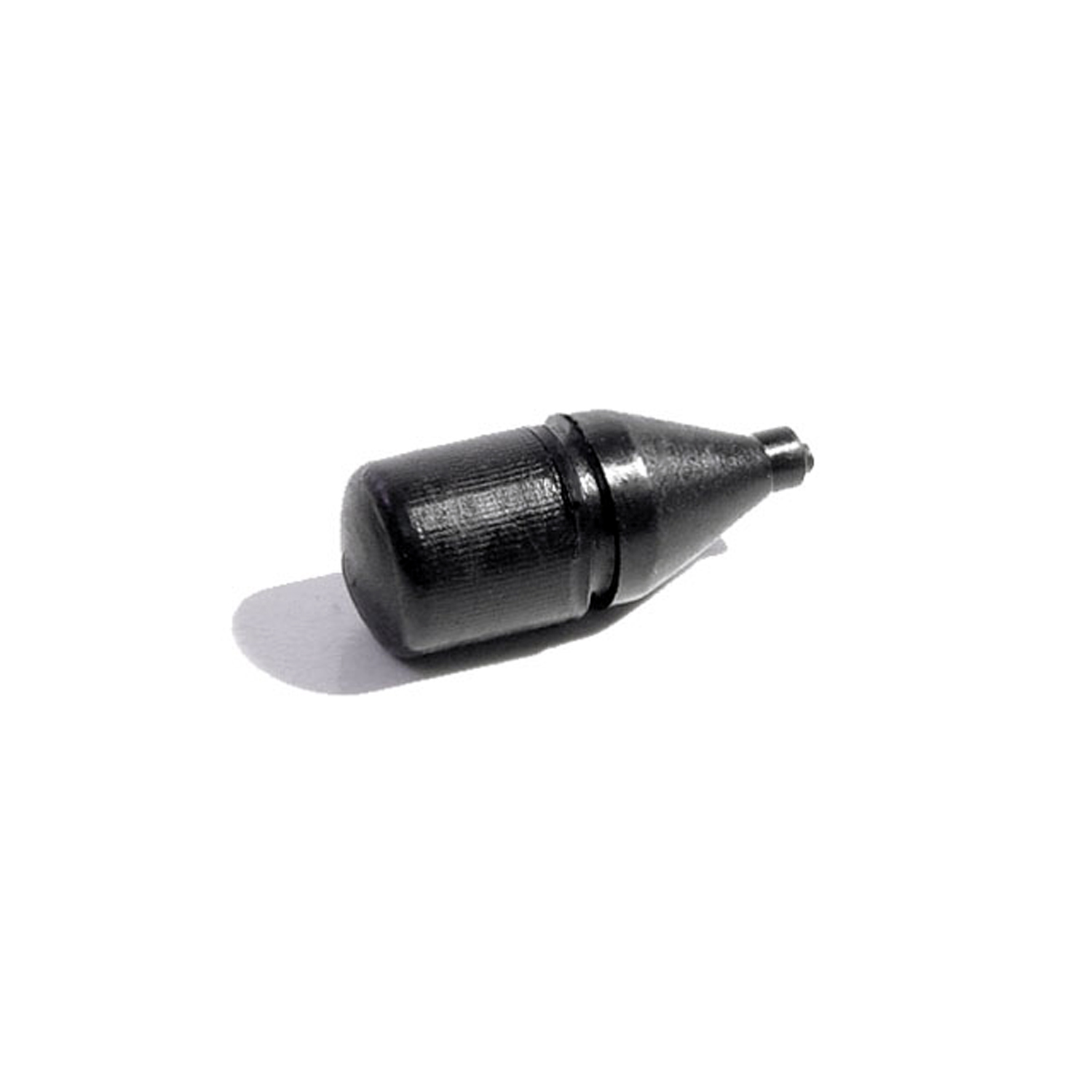 1966 Buick Wildcat Fuel Door Bumper. 7/8" high, 5/16" O.D. Each-SB 81Fuel Door Bumper. 7/8" high, 5/16" O.D. Each
1966 Buick Wildcat Fuel Door Bumper. 7/8" high, 5/16" O.D. Each-SB 81Fuel Door Bumper. 7/8" high, 5/16" O.D. Each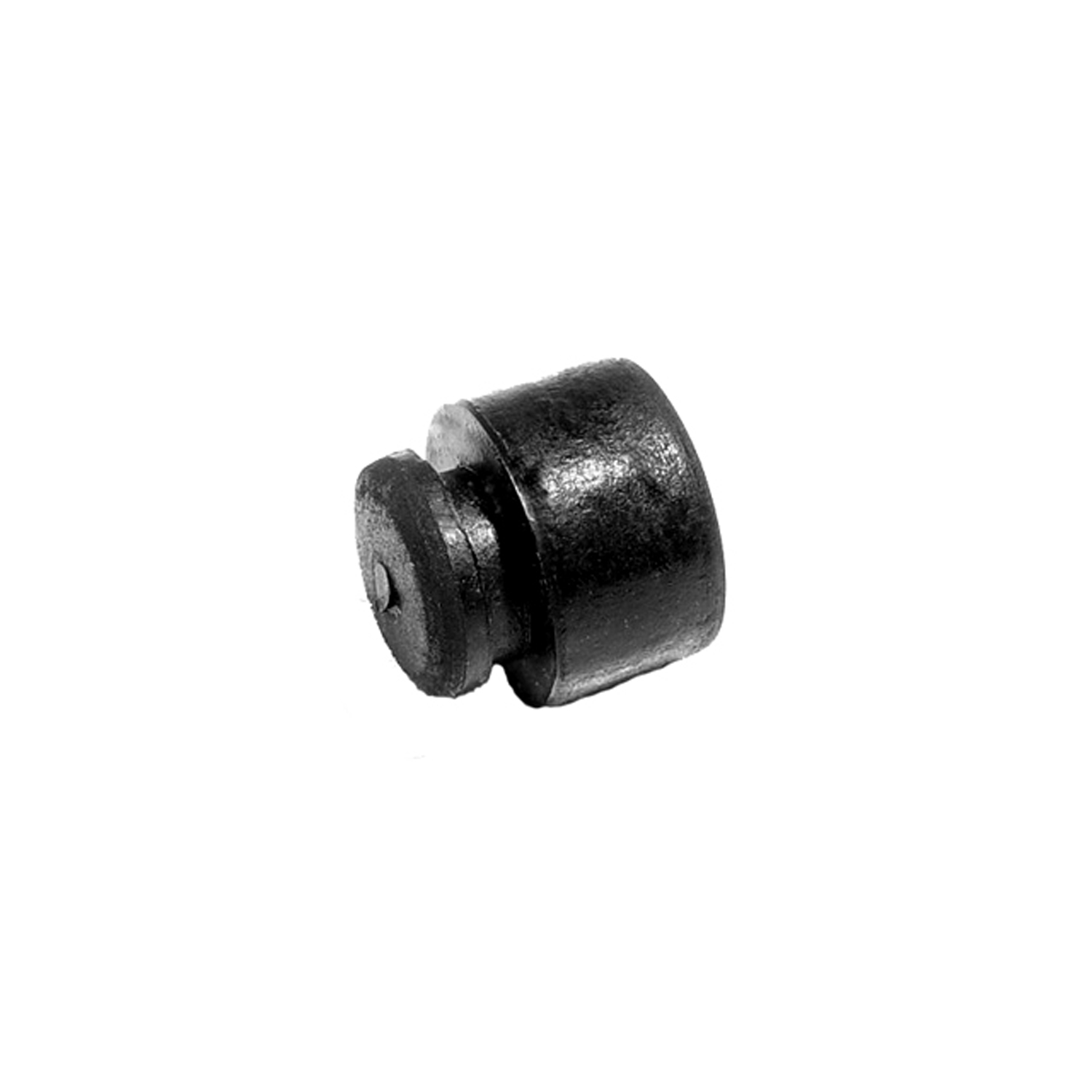 1966 Buick Wildcat License Plate Bumper. Fits a 1/4" hole. Each-SB 82License Plate Bumper. Fits a 1/4" hole. Each
1966 Buick Wildcat License Plate Bumper. Fits a 1/4" hole. Each-SB 82License Plate Bumper. Fits a 1/4" hole. Each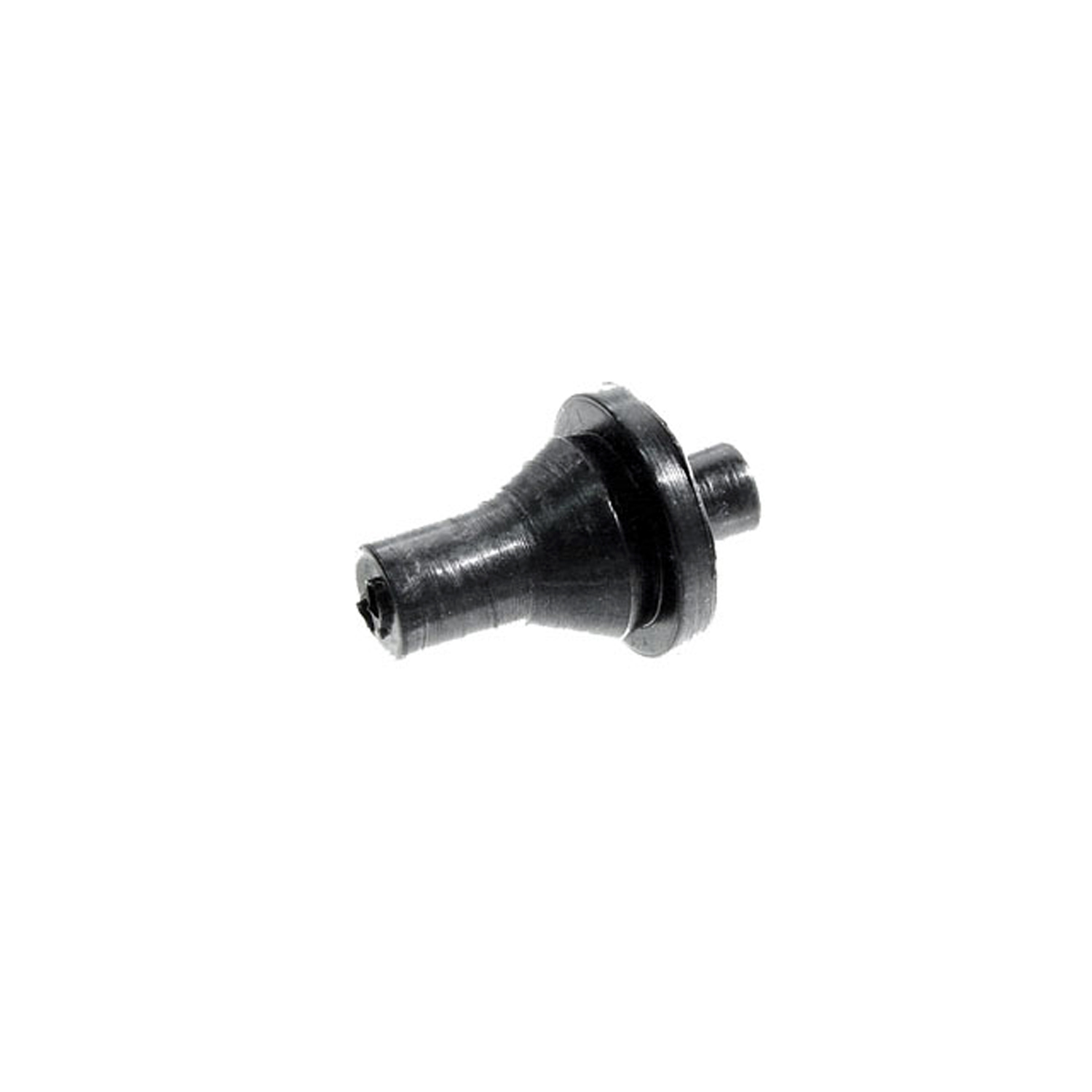 1966 Buick Wildcat Dash and Firewall Grommet. Two hole type. Each-SM 101-ADash and Firewall Grommet. Two hole type. Each
1966 Buick Wildcat Dash and Firewall Grommet. Two hole type. Each-SM 101-ADash and Firewall Grommet. Two hole type. Each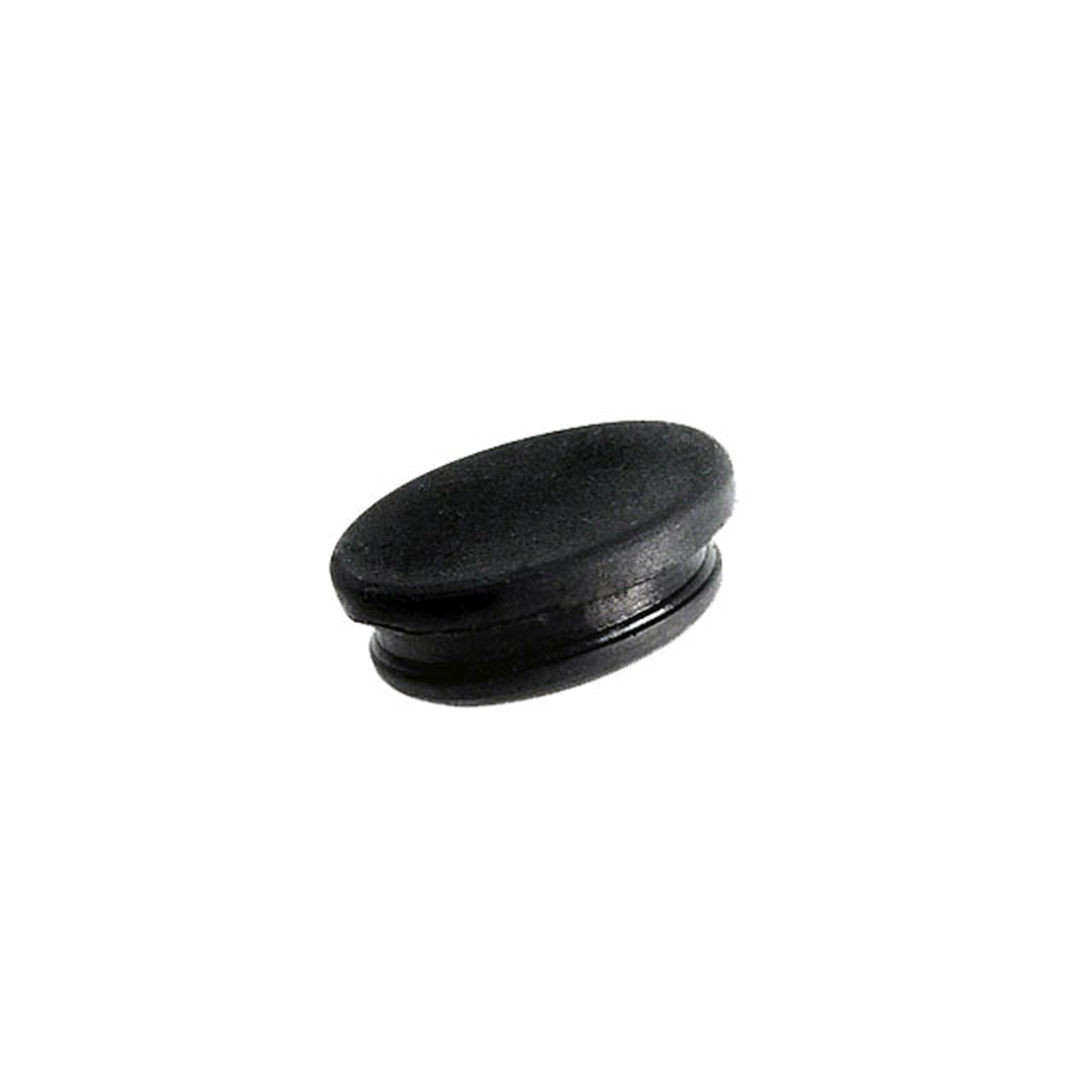 1966 Buick Wildcat Rocker Arm Cover. Neoprene plug. Fits 1" hole. Each-SM 66Rocker Arm Cover. Neoprene plug. Fits 1" hole. Each
1966 Buick Wildcat Rocker Arm Cover. Neoprene plug. Fits 1" hole. Each-SM 66Rocker Arm Cover. Neoprene plug. Fits 1" hole. Each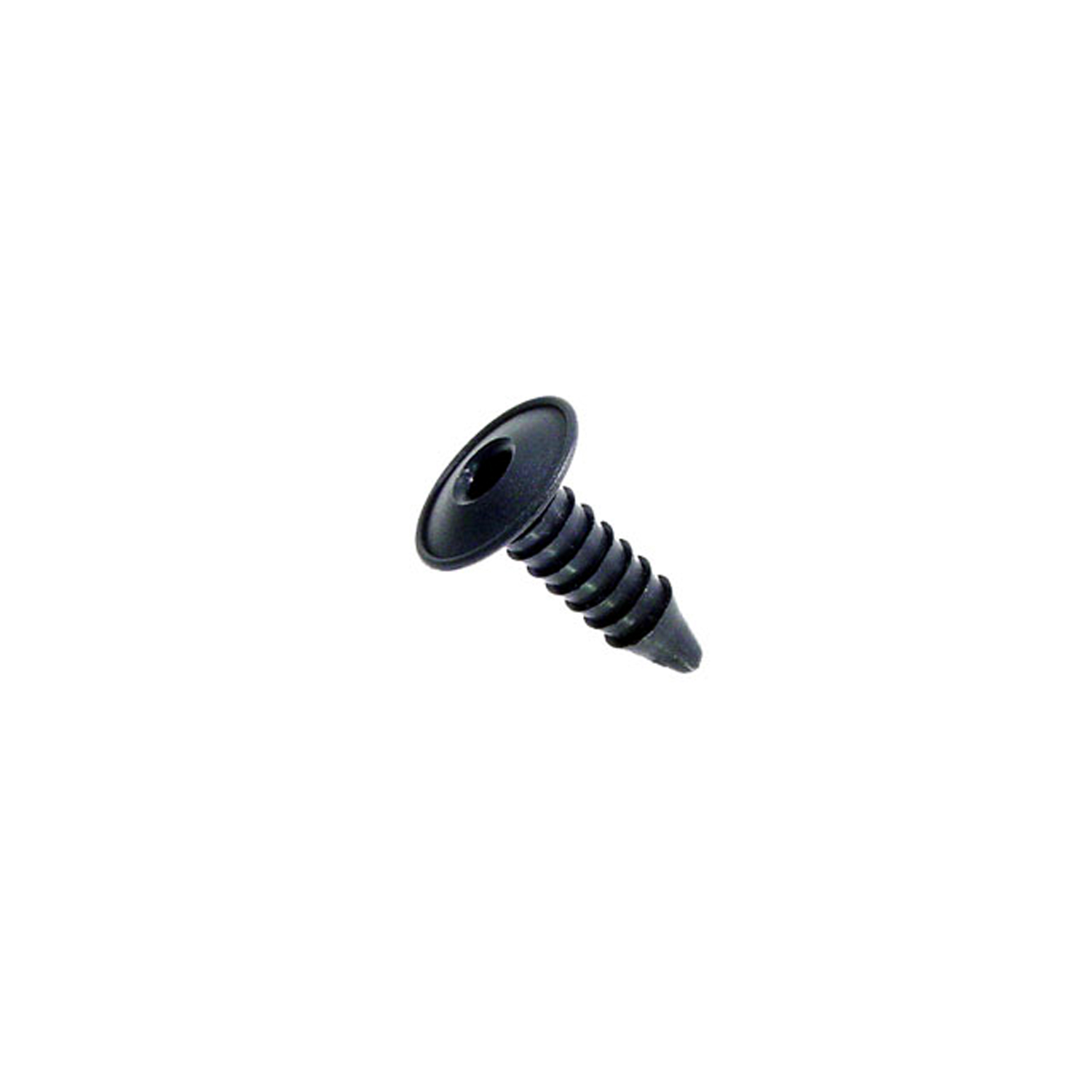 1966 Buick Wildcat Firewall insulation fastener. 1 in. dia. W head. 1-1/2 in. L-SM 80-AFirewall insulation fastener. 1 in. dia. W head. 1-1/2 in. L. Replaces OEM#'s (GM) 7642589 and (AMC) 4001934. Black. Each.
1966 Buick Wildcat Firewall insulation fastener. 1 in. dia. W head. 1-1/2 in. L-SM 80-AFirewall insulation fastener. 1 in. dia. W head. 1-1/2 in. L. Replaces OEM#'s (GM) 7642589 and (AMC) 4001934. Black. Each.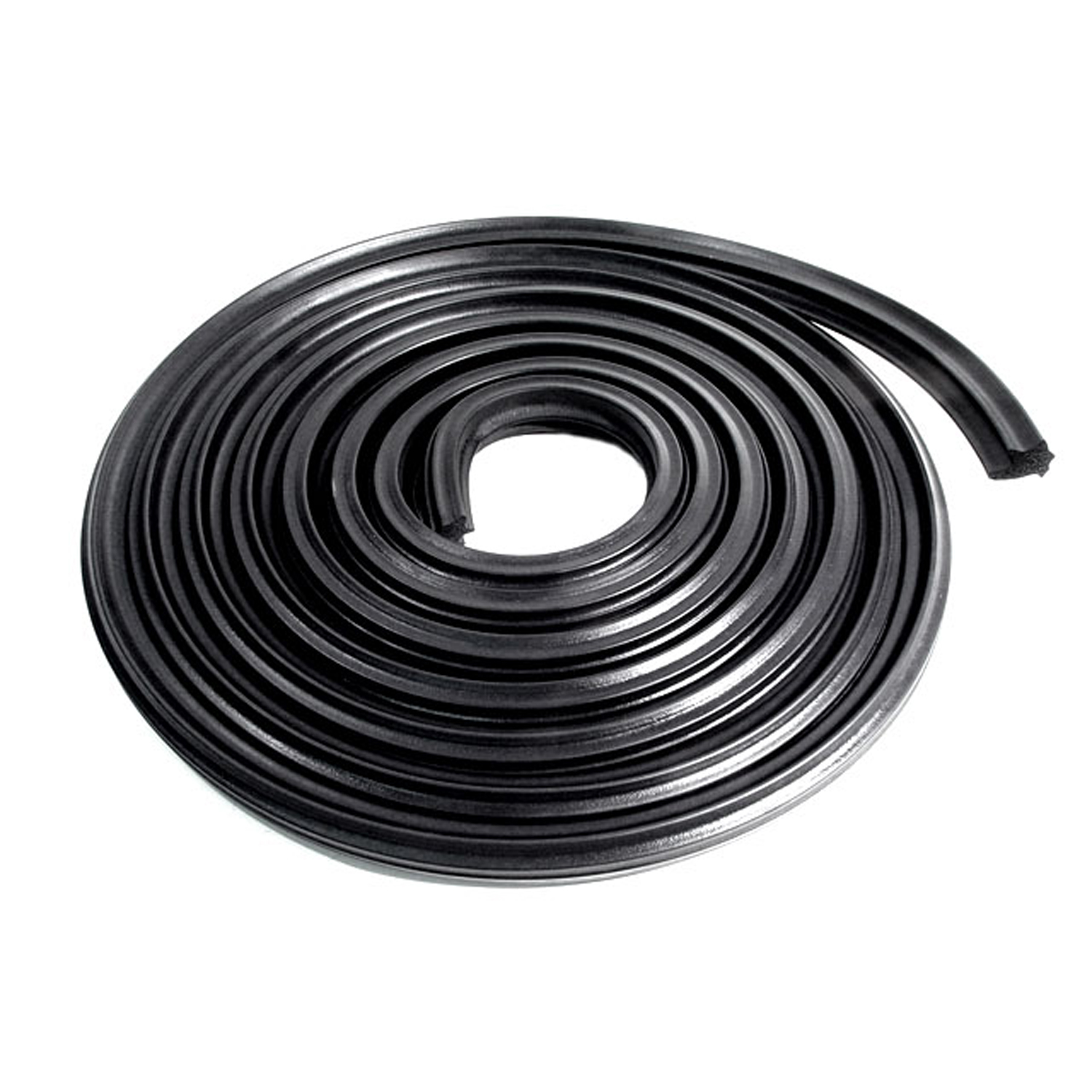 1966 Buick Wildcat Trunk Seal. 18 feet long. Each-TK 46-18Trunk Seal. 18 feet long. Each
1966 Buick Wildcat Trunk Seal. 18 feet long. Each-TK 46-18Trunk Seal. 18 feet long. Each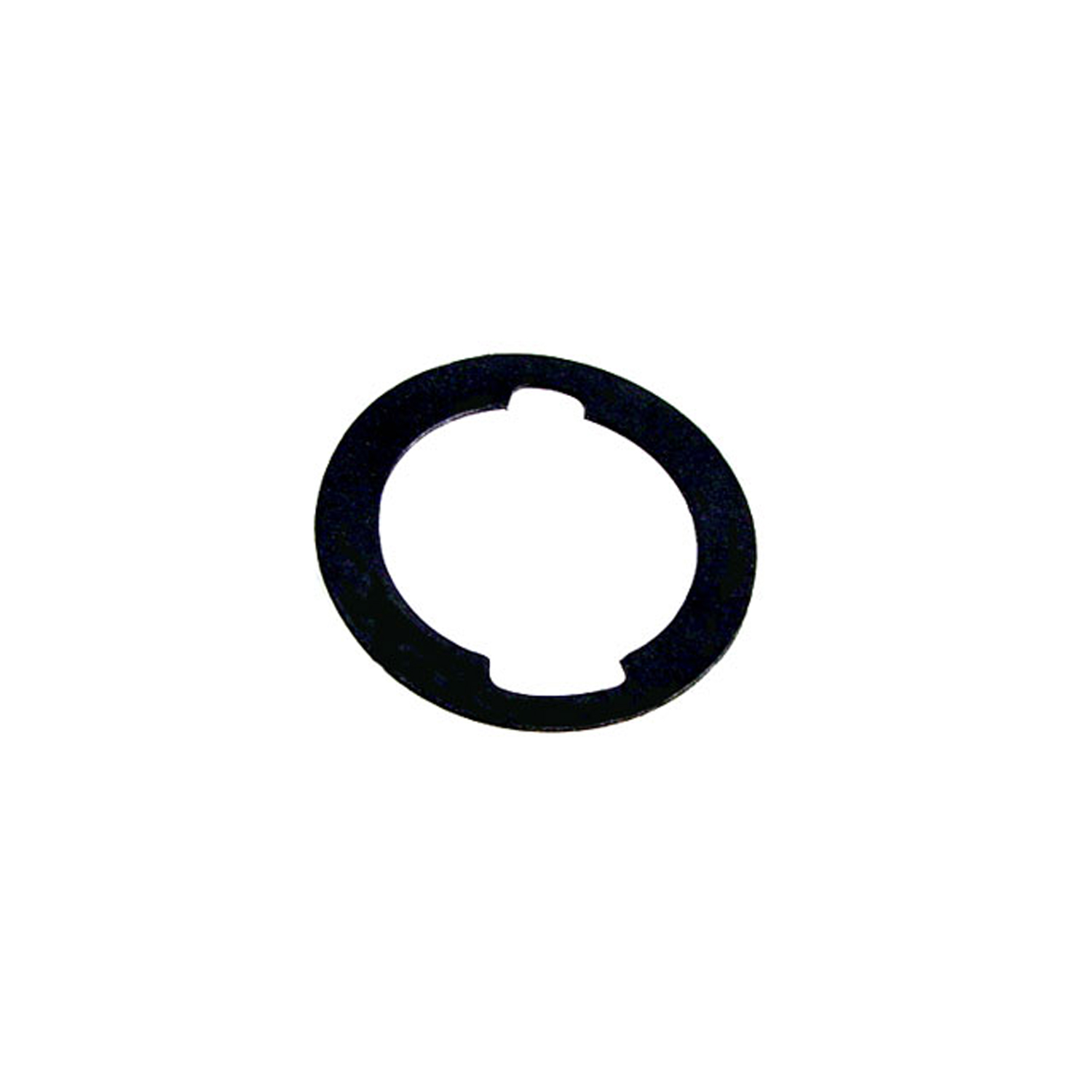 1966 Buick Wildcat Unbeaded Door and Trunk Lock Gasket. 1-3/16" O.D., 7/8" I.D-UM 1600-100Unbeaded Door and Trunk Lock Gasket. 1-3/16" O.D., 7/8" I.D. Each
1966 Buick Wildcat Unbeaded Door and Trunk Lock Gasket. 1-3/16" O.D., 7/8" I.D-UM 1600-100Unbeaded Door and Trunk Lock Gasket. 1-3/16" O.D., 7/8" I.D. Each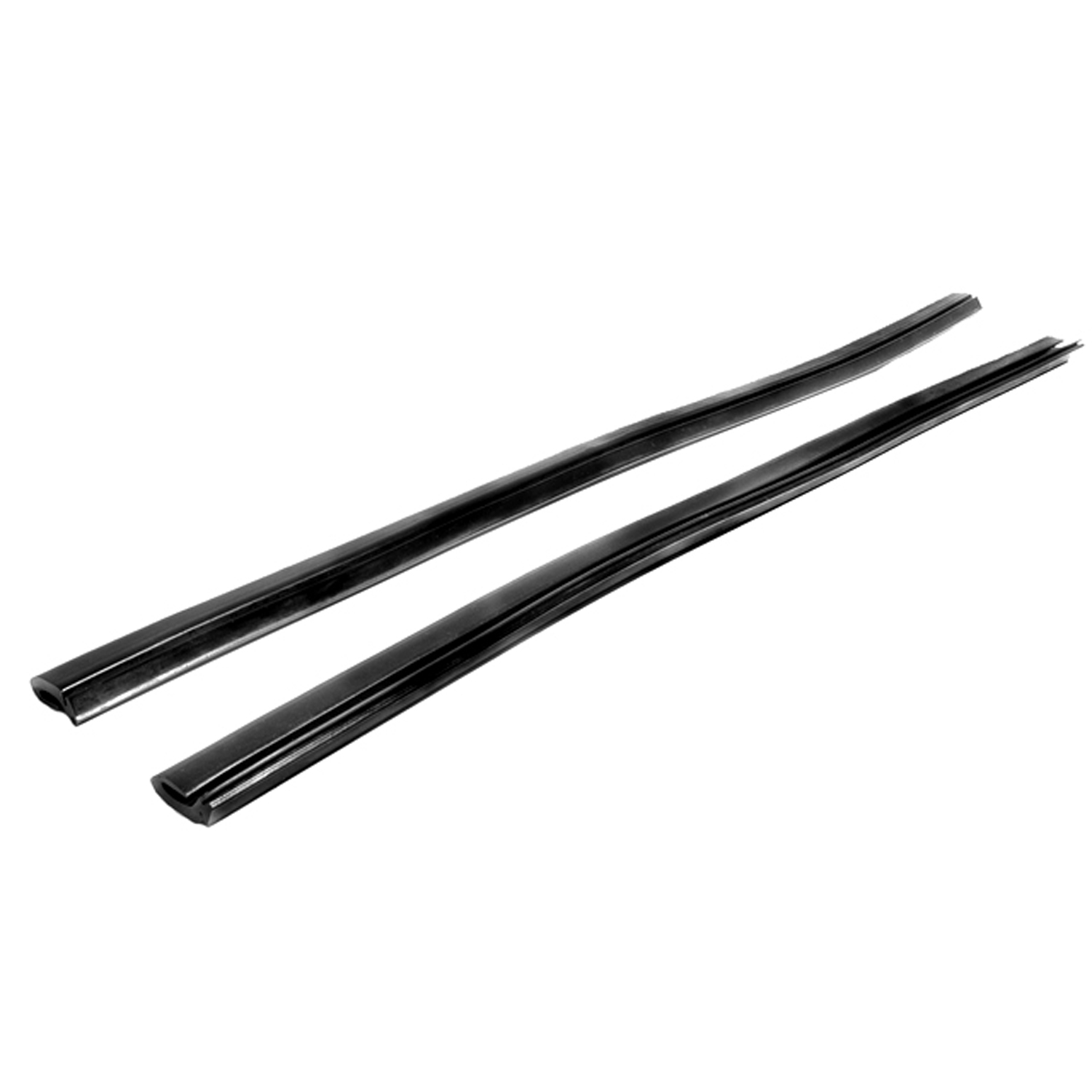 1966 Buick Wildcat Rear Side Roll-Up Window Seal, for Hardtops and Convertibles-VS 3Rear Side Roll-Up Window Seal, for Hardtops and Convertibles. Two 20" sections slide into metal track. No steel insert. Pair
1966 Buick Wildcat Rear Side Roll-Up Window Seal, for Hardtops and Convertibles-VS 3Rear Side Roll-Up Window Seal, for Hardtops and Convertibles. Two 20" sections slide into metal track. No steel insert. Pair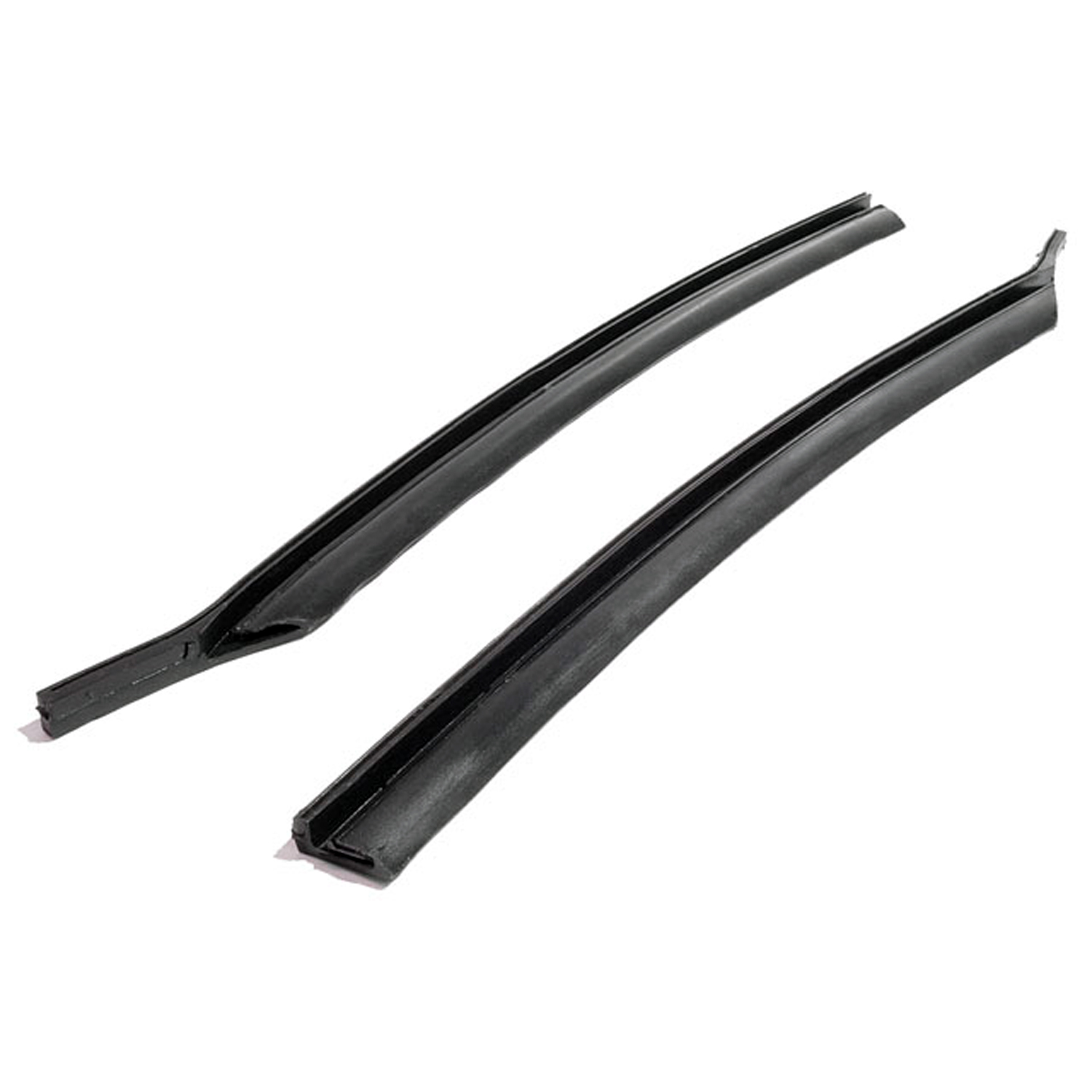 1966 Buick Wildcat Rear Roll-up Quarter Window Seals, for 2-Door Hardtops-VS 3-GRear Roll-up Quarter Window Seals, for 2-Door Hardtops. For leading edge of rear roll-up quarter window. Made with steel cores. 16-3/4" long. Pair R&L
1966 Buick Wildcat Rear Roll-up Quarter Window Seals, for 2-Door Hardtops-VS 3-GRear Roll-up Quarter Window Seals, for 2-Door Hardtops. For leading edge of rear roll-up quarter window. Made with steel cores. 16-3/4" long. Pair R&L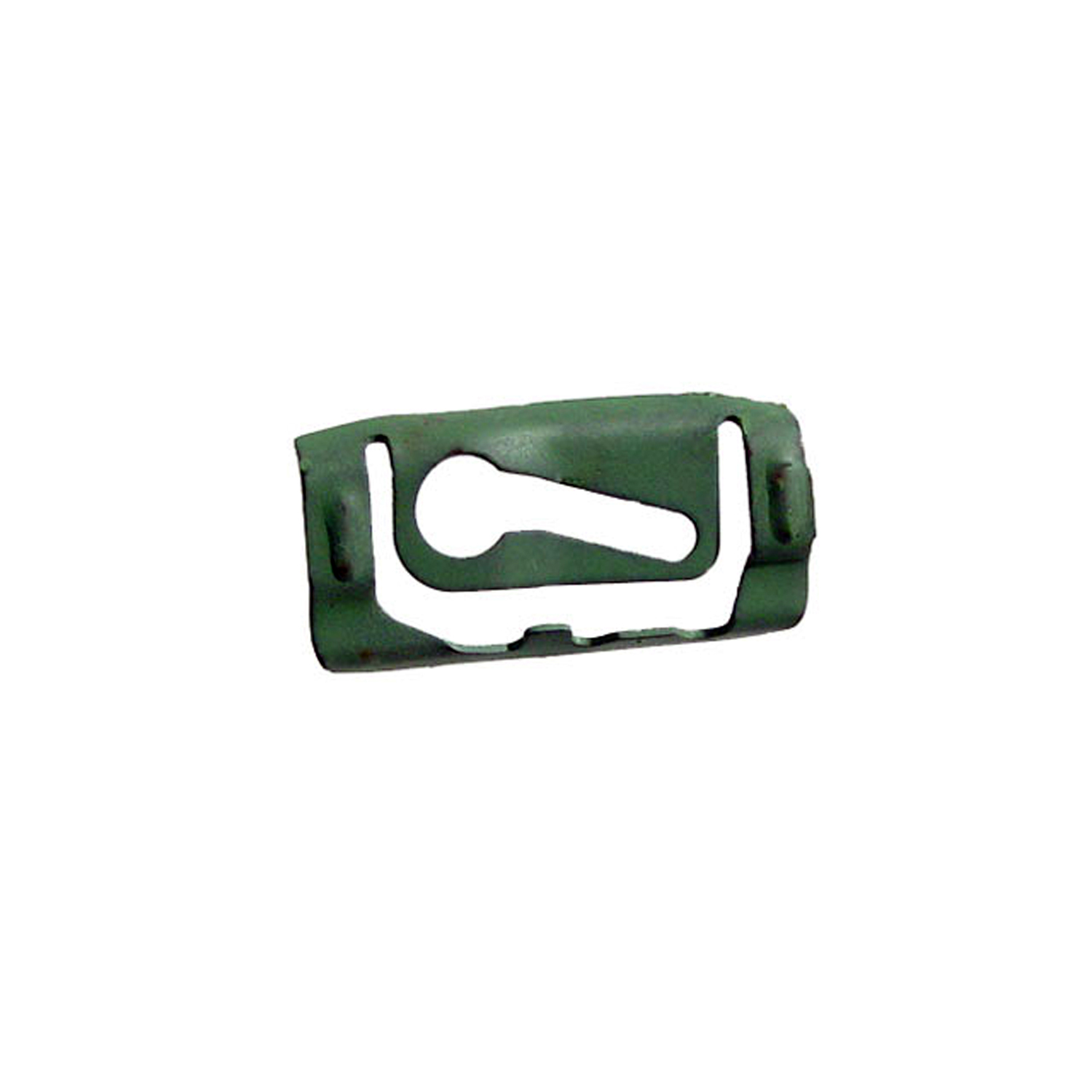 1966 Buick Wildcat Quarter Window Reveal Molding Clip. Made of Steel-WF 205Quarter Window Reveal Molding Clip. Made of Steel. 1-3/8" X 11/16". Each
1966 Buick Wildcat Quarter Window Reveal Molding Clip. Made of Steel-WF 205Quarter Window Reveal Molding Clip. Made of Steel. 1-3/8" X 11/16". Each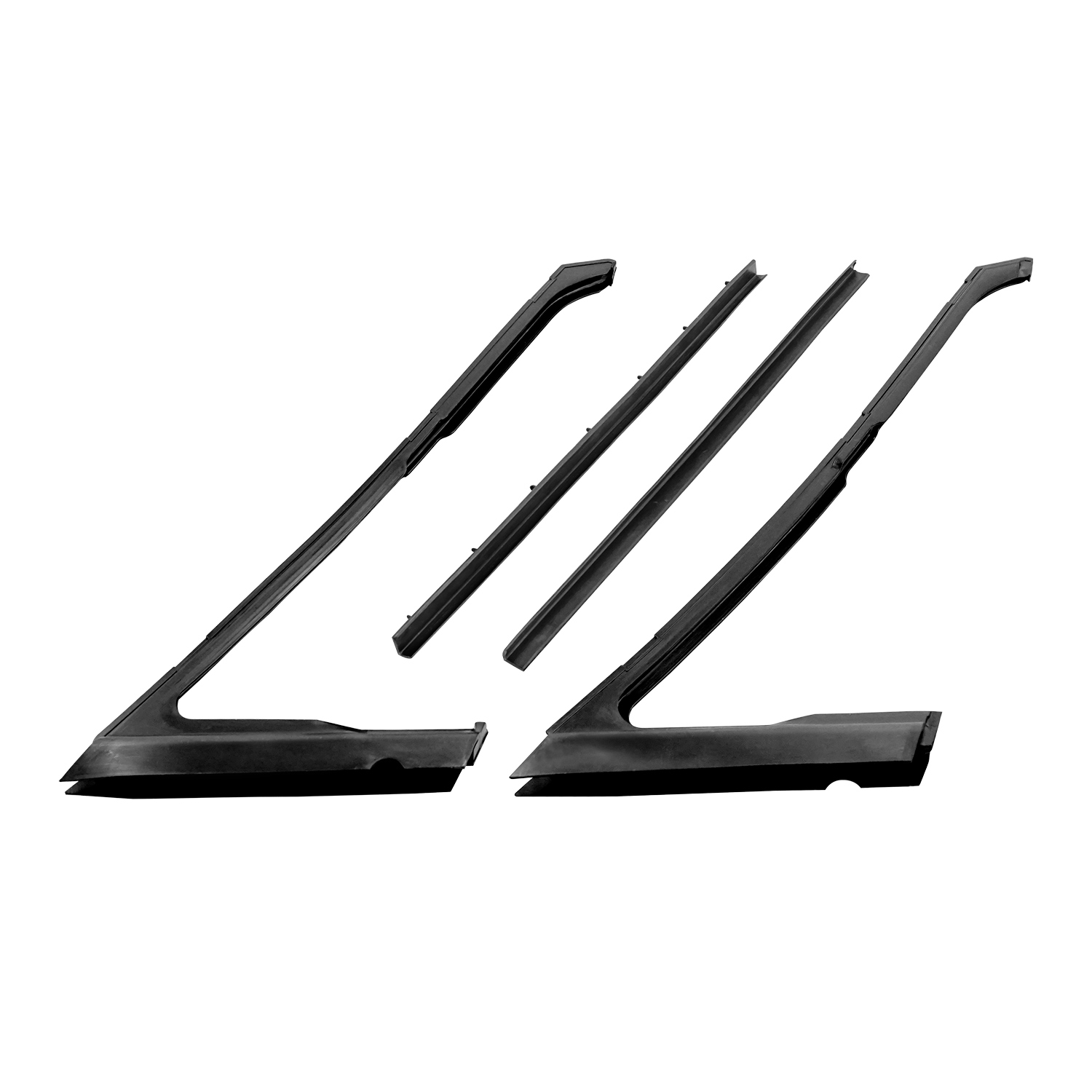 1966 Buick Wildcat Vent window and rear division channel seals-WR 2002-EVent window and rear division channel seals. Fits '65-'68 GM B-body and C-body 2-door and 4-door hardtops and convertibles. Top quality EPDM dense rubber. 4-piece set. R&L.
1966 Buick Wildcat Vent window and rear division channel seals-WR 2002-EVent window and rear division channel seals. Fits '65-'68 GM B-body and C-body 2-door and 4-door hardtops and convertibles. Top quality EPDM dense rubber. 4-piece set. R&L.Why Choose Metro?
For over 100 years, Metro Moulded Parts has been the pinnacle of quality in classic car restoration parts. Our commitment to precision and authenticity in every component ensures a perfect fit and an OEM-level appearance.
- Expert Craftsmanship & Quality: Each part is a testament to our dedication to reliability and perfection, crafted from original designs and thoroughly tested.
- Advanced Technology: We use cutting-edge techniques to create flawless, long-lasting parts that surpass others in performance.
- SuperSoft Sponge – The Ultimate Door Seal: Not only are our door seals 30% softer than competitors', but they're also guaranteed to never leak. They effectively reduce wind and road noise, enhancing your classic car's comfort and driving experience.
- Proudly American: Our parts are a product of American craftsmanship, made in the USA with a spirit of excellence and heritage.
- Unrivaled Warranty: We back our products with a 30-year industry-leading warranty, a testament to our confidence in their quality.
Join us in preserving the legacy of classic cars with parts that are crafted for perfection, not just made.

